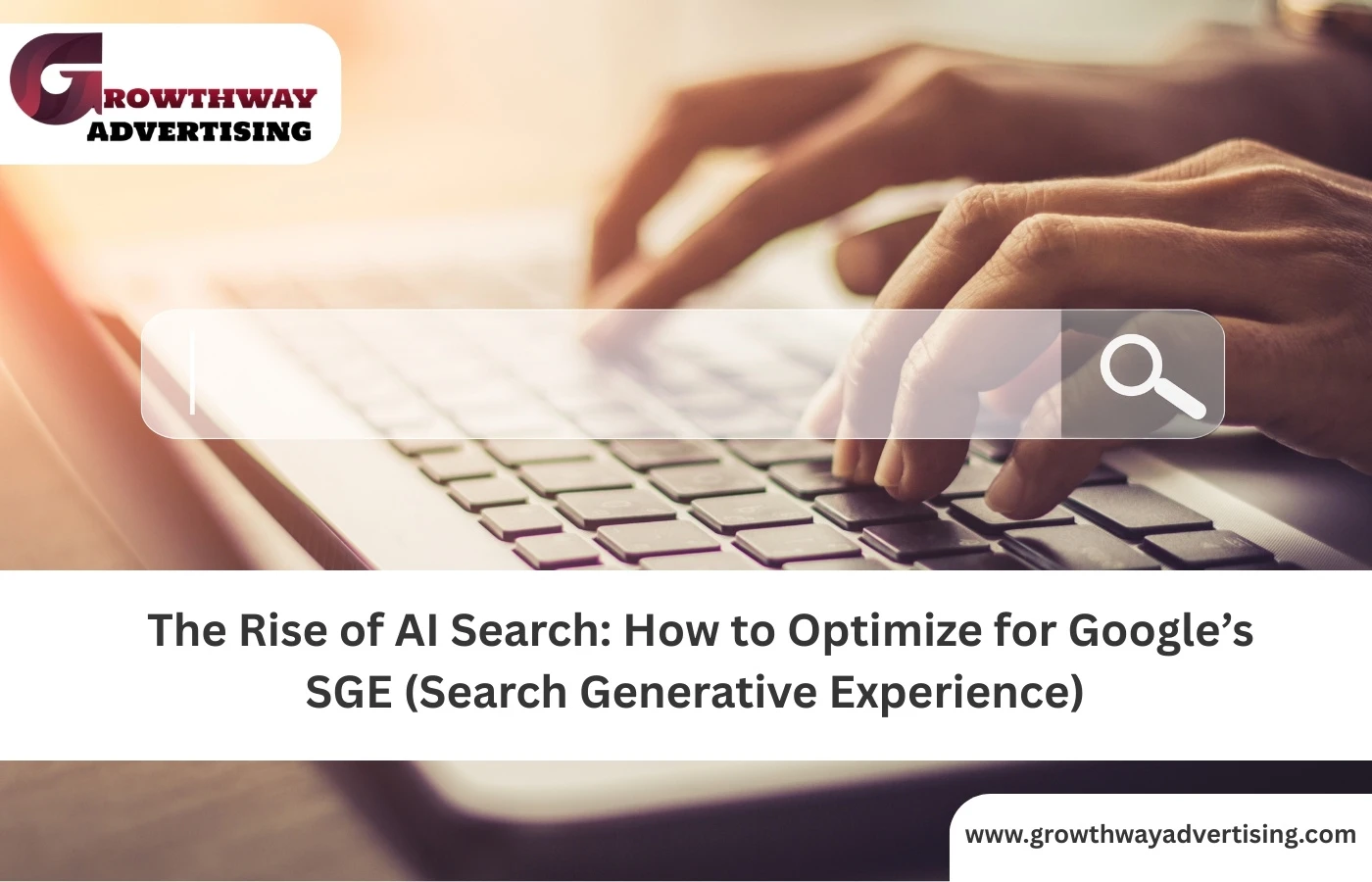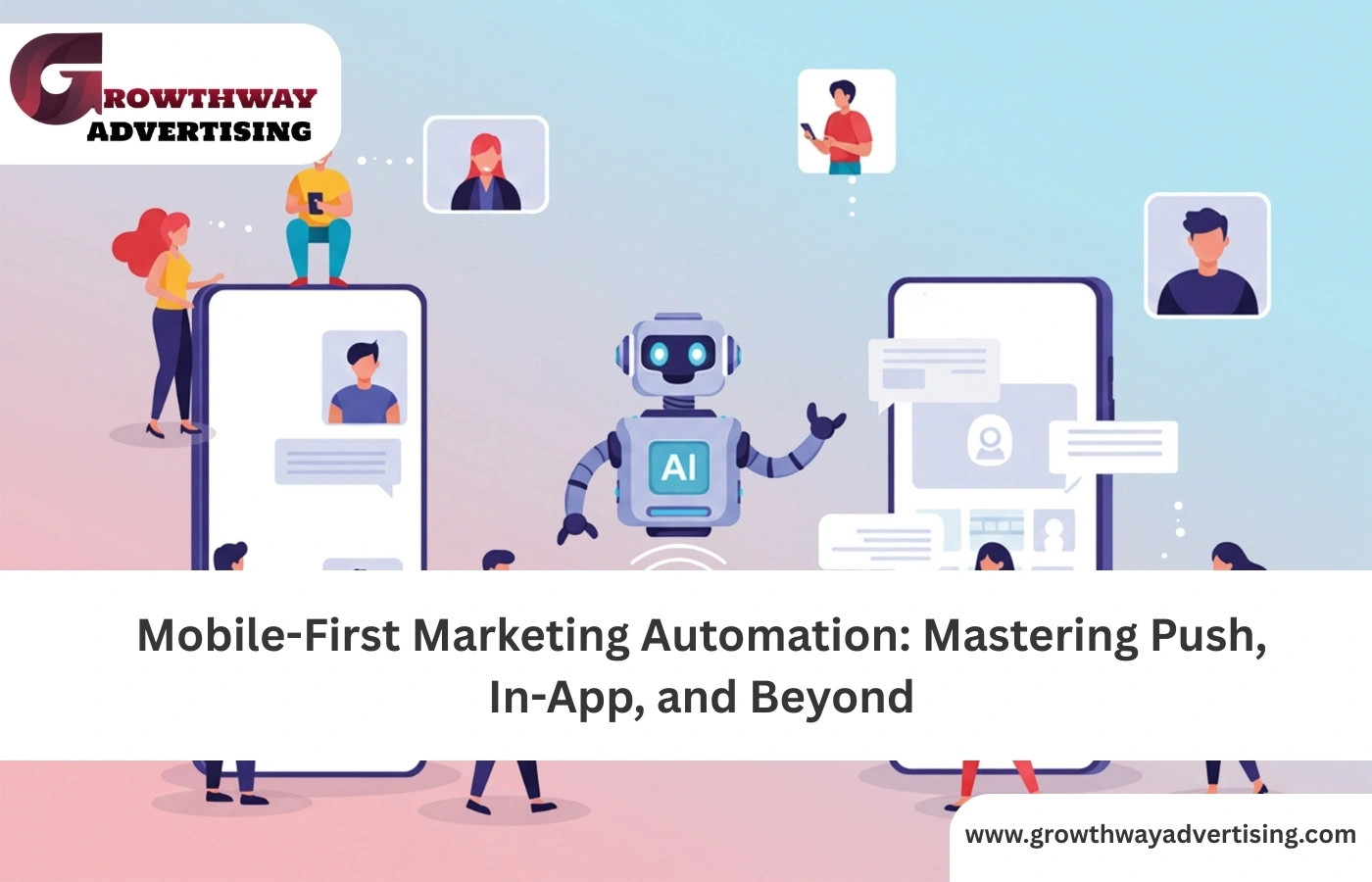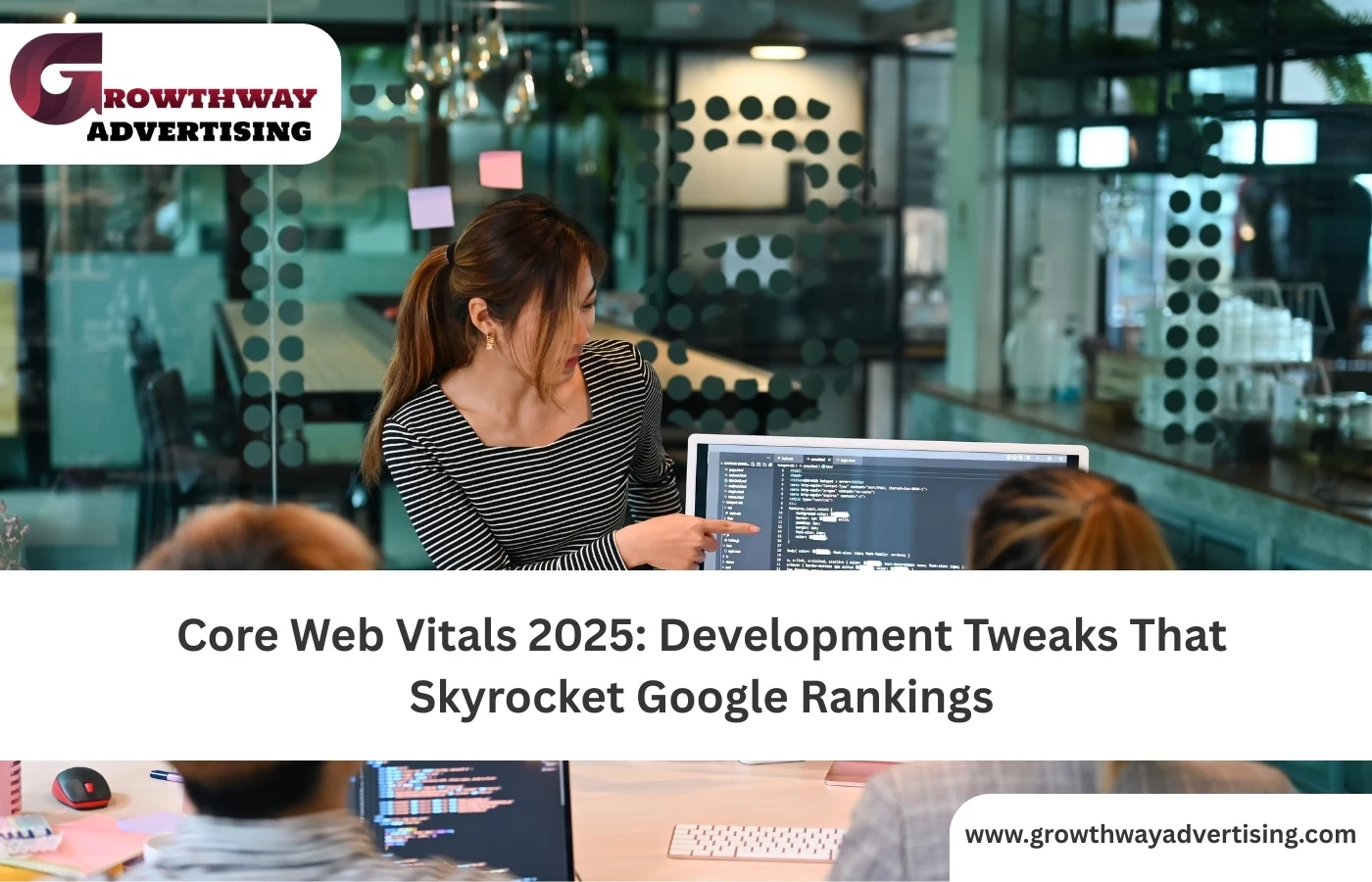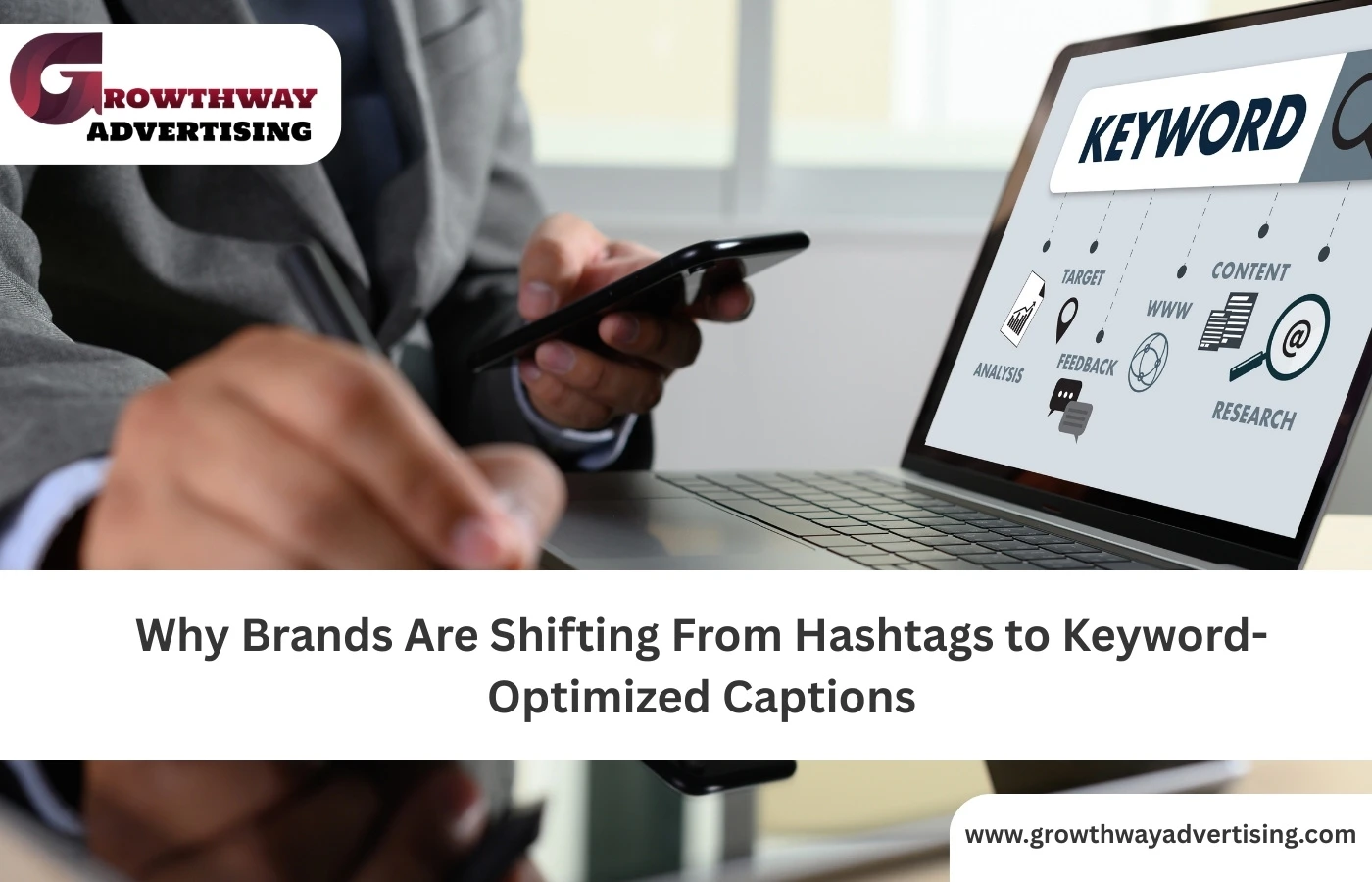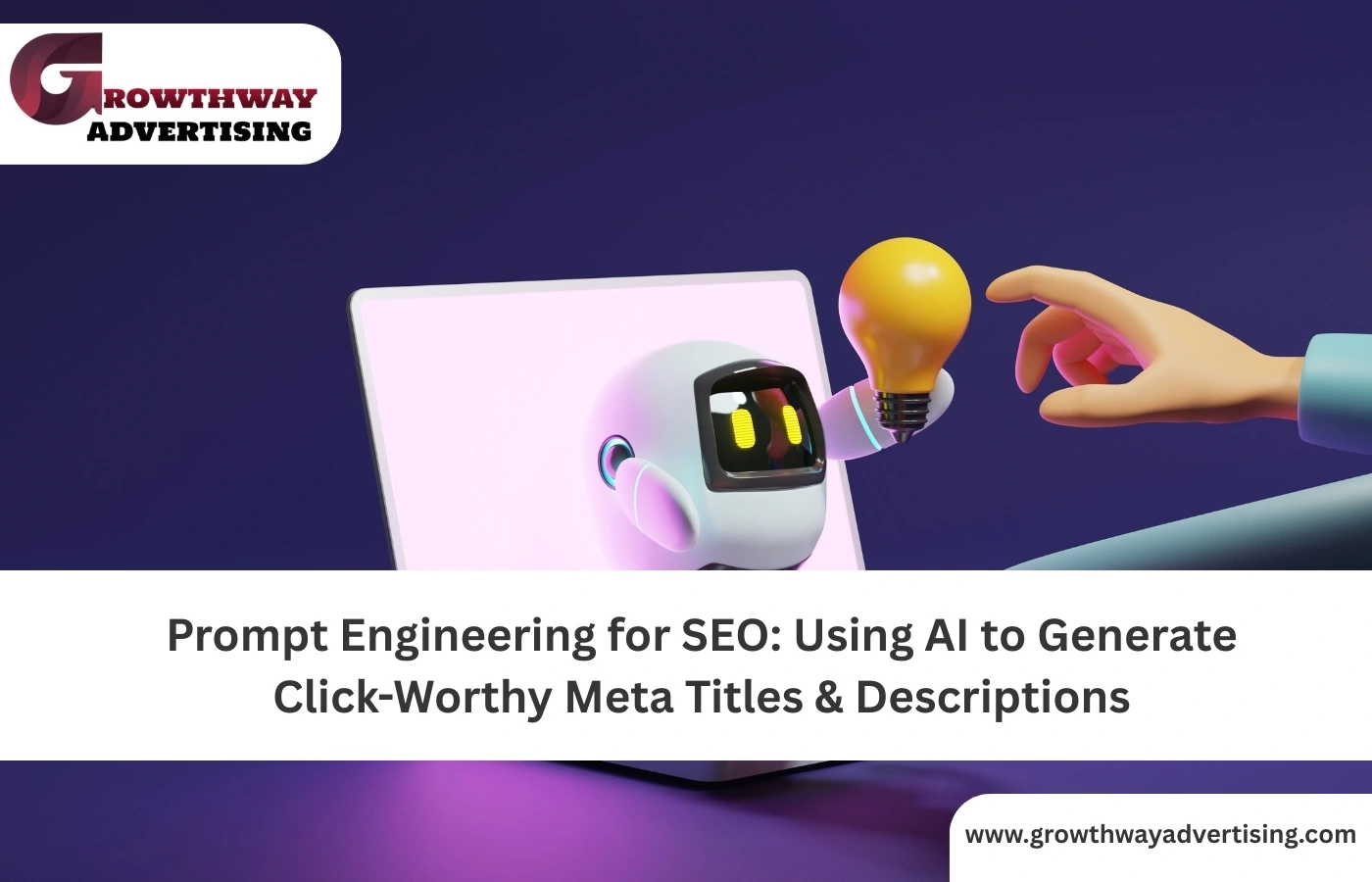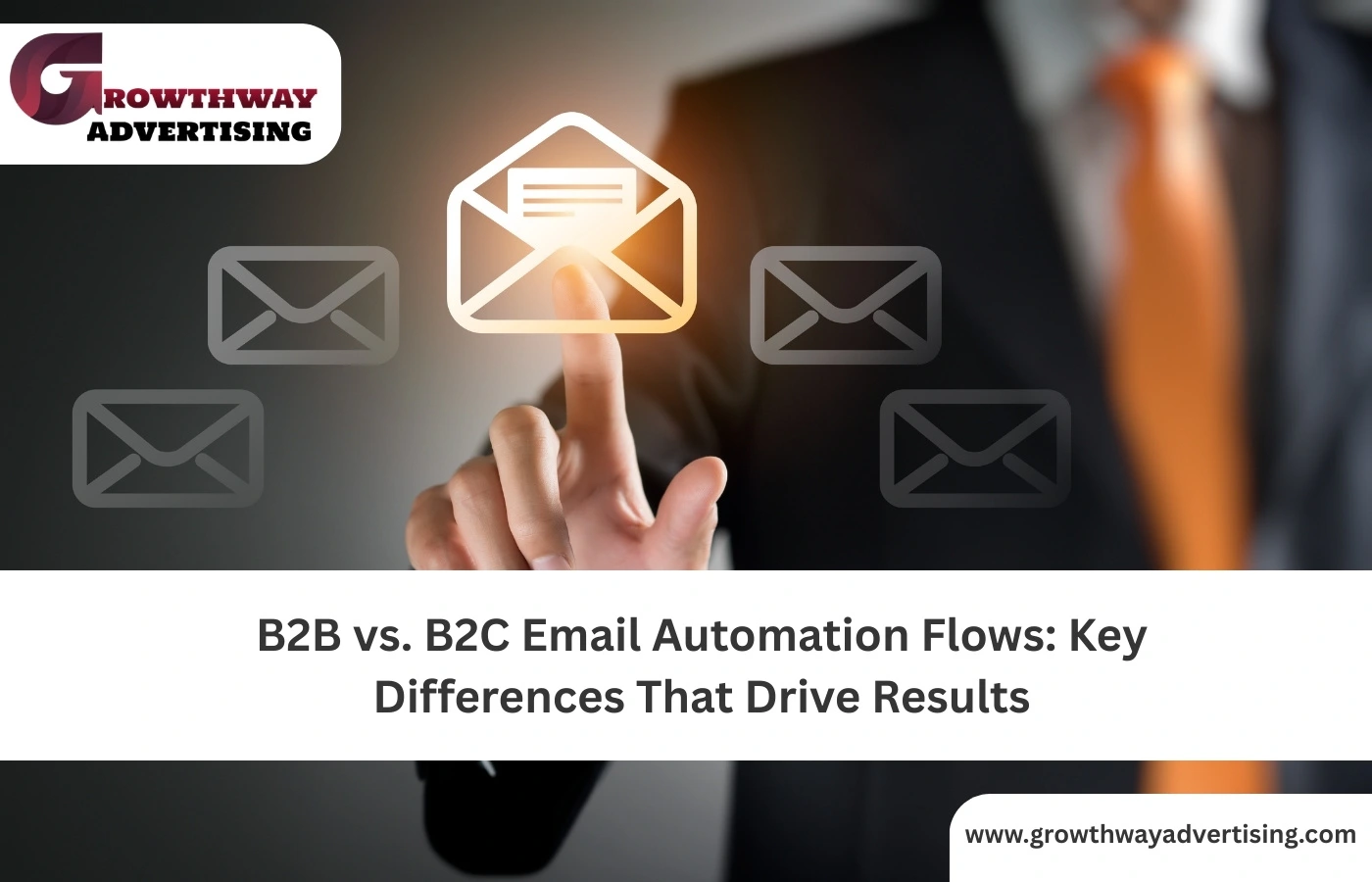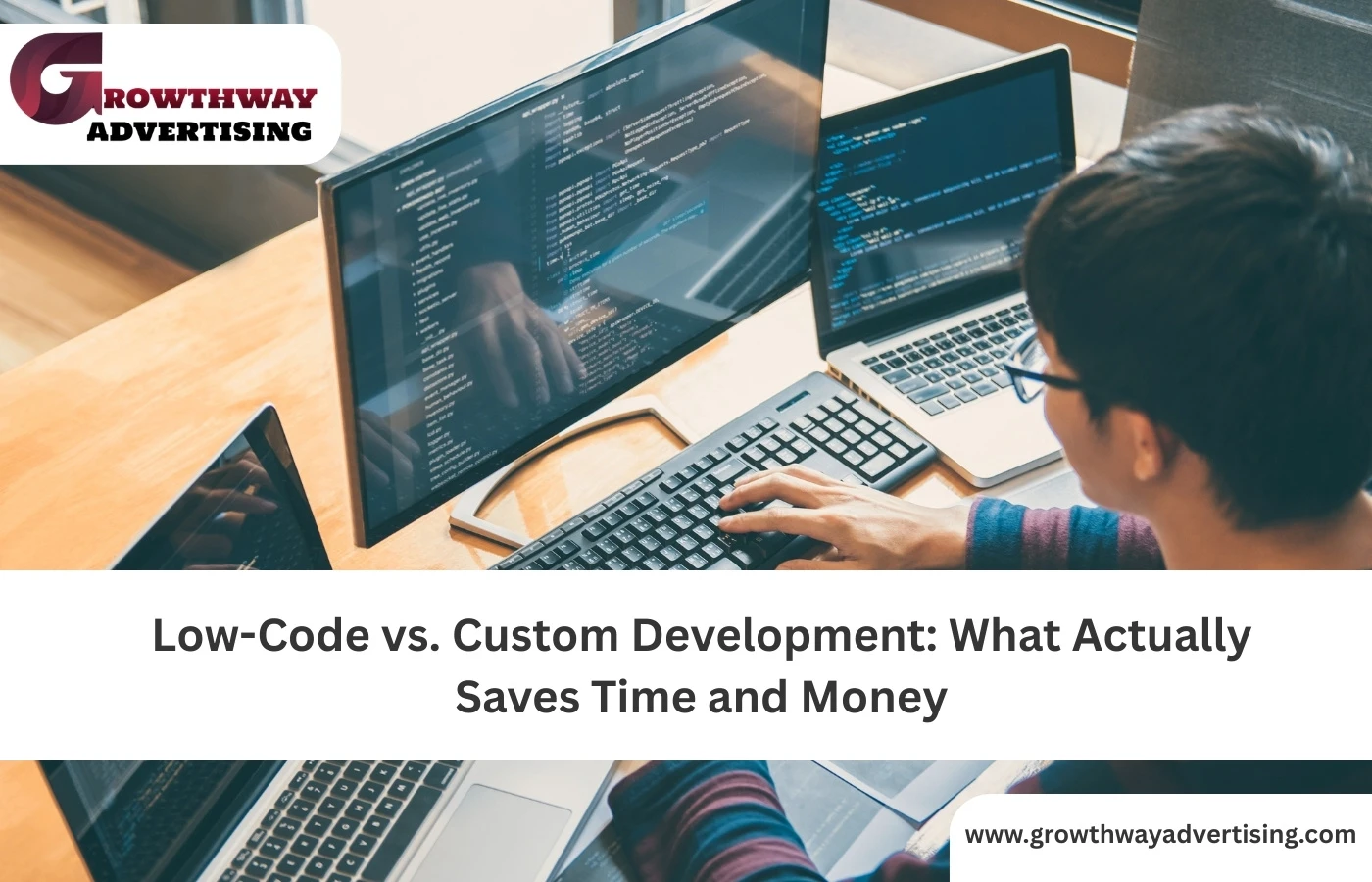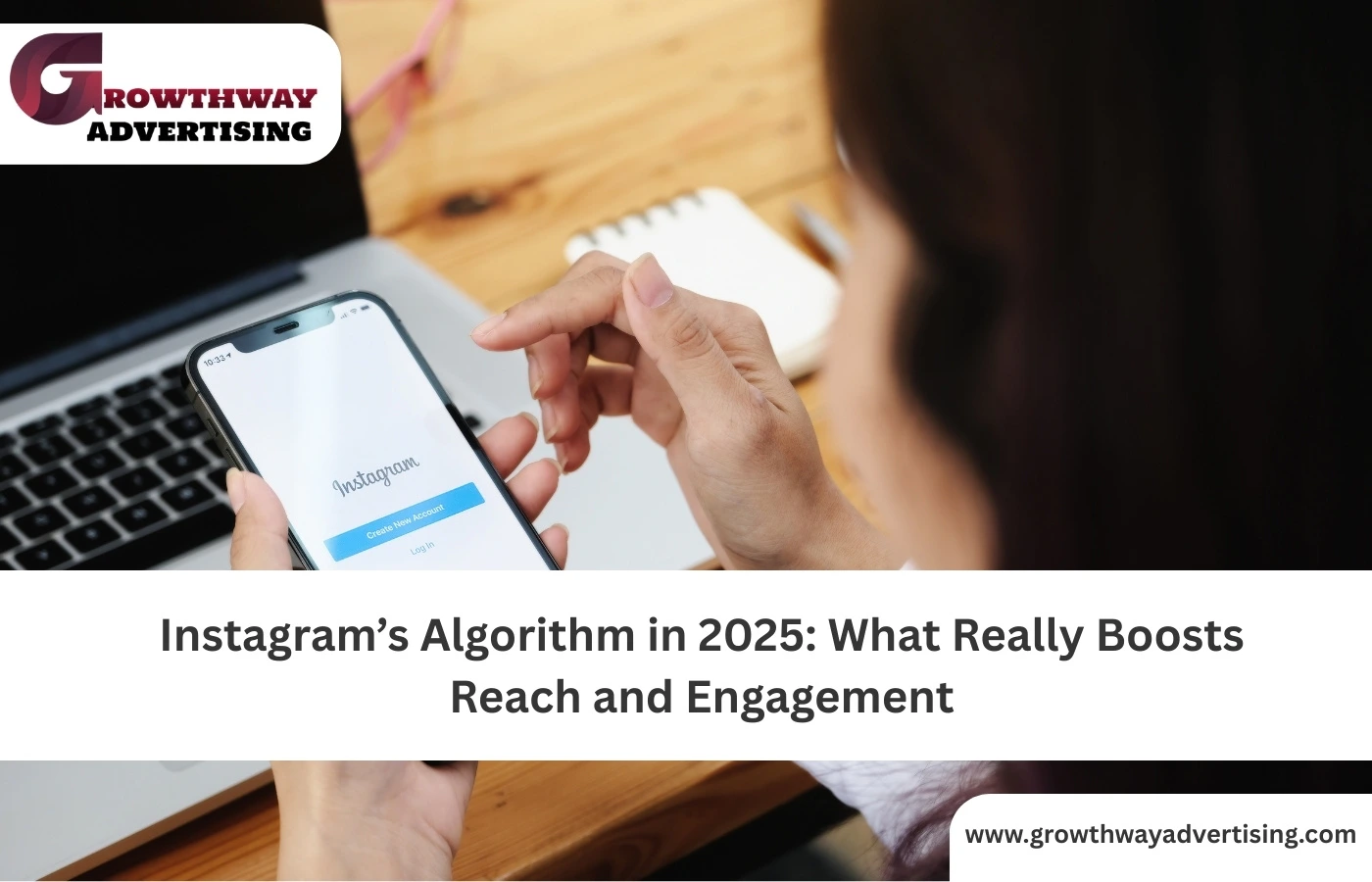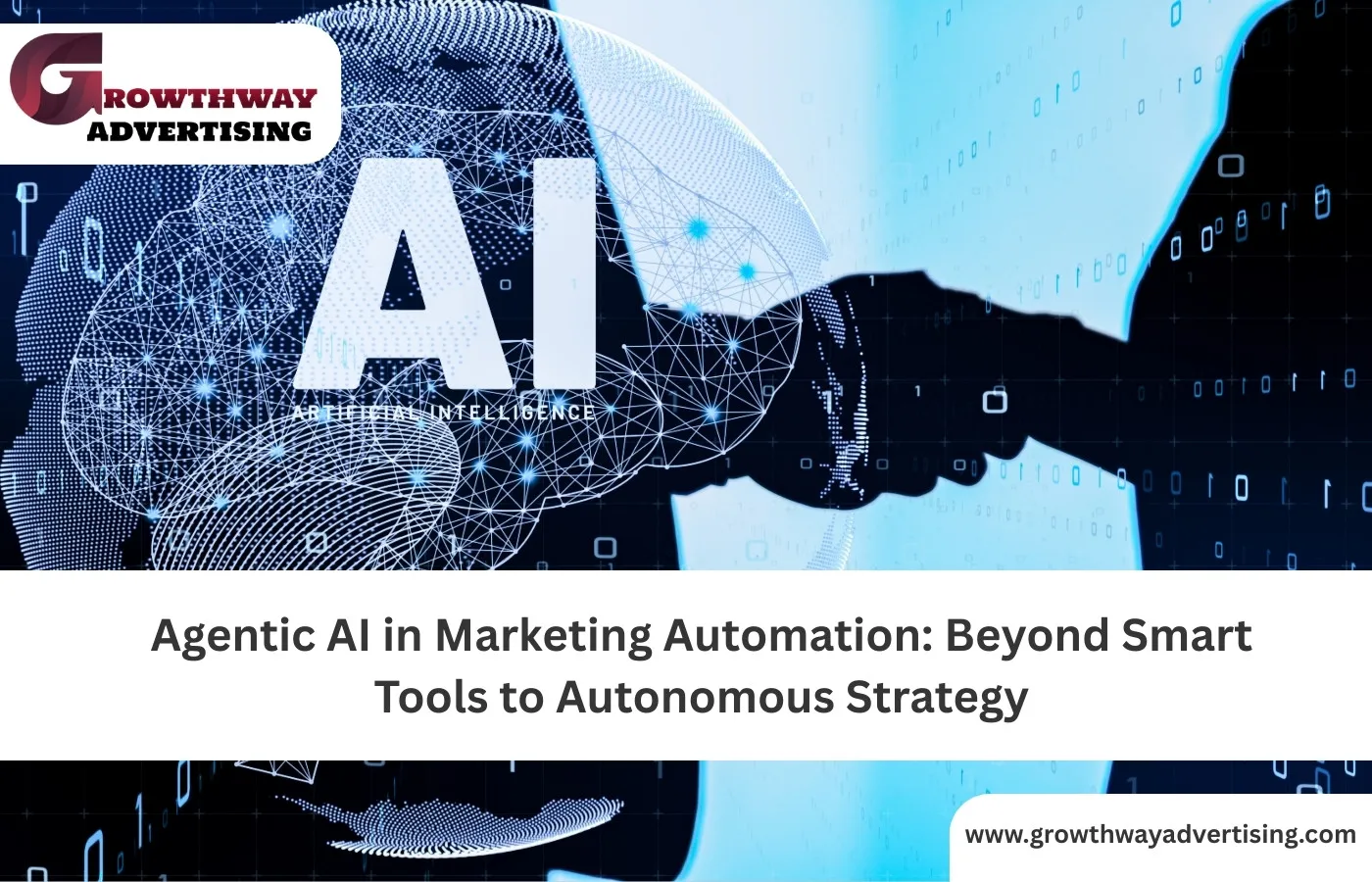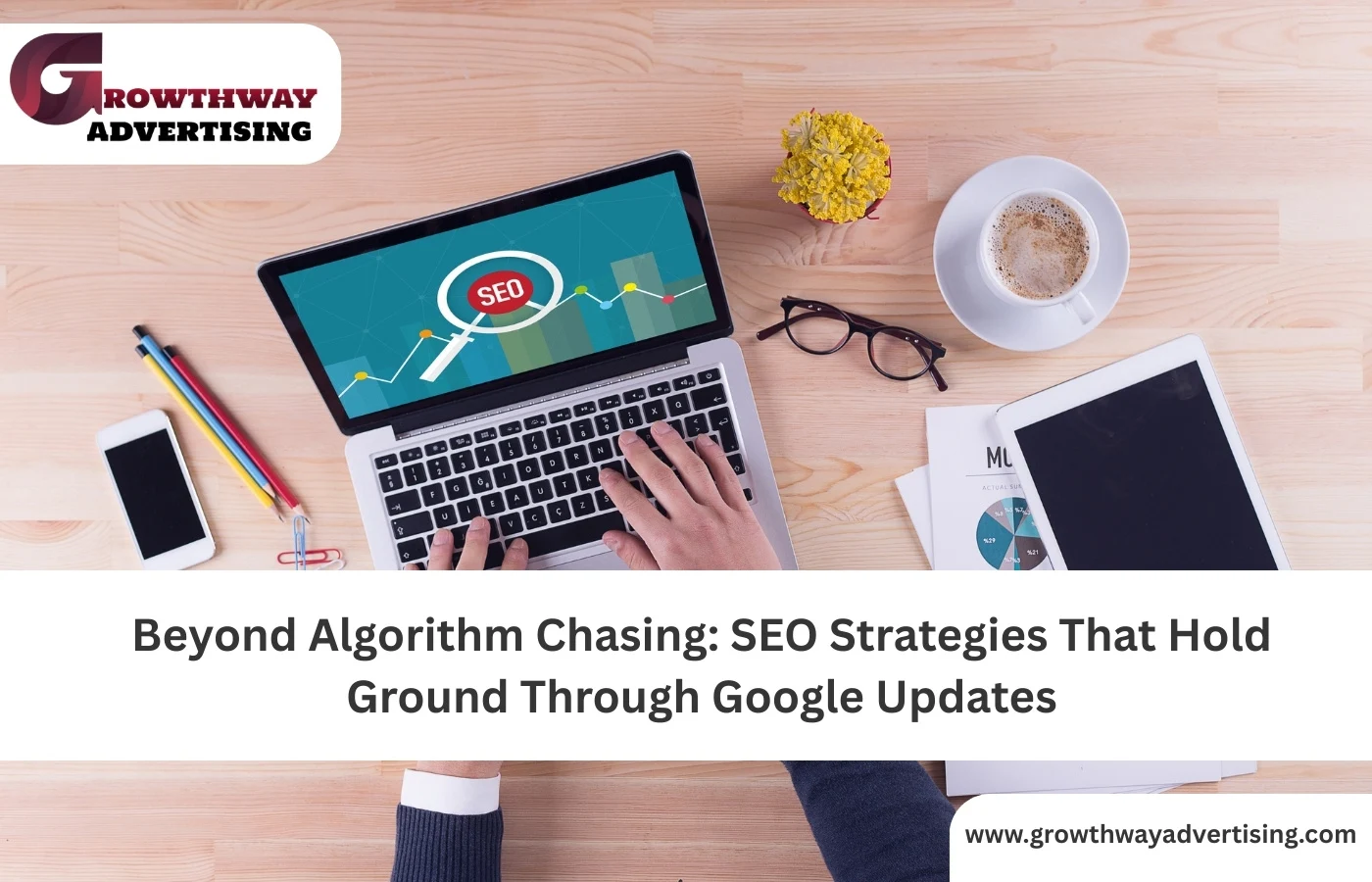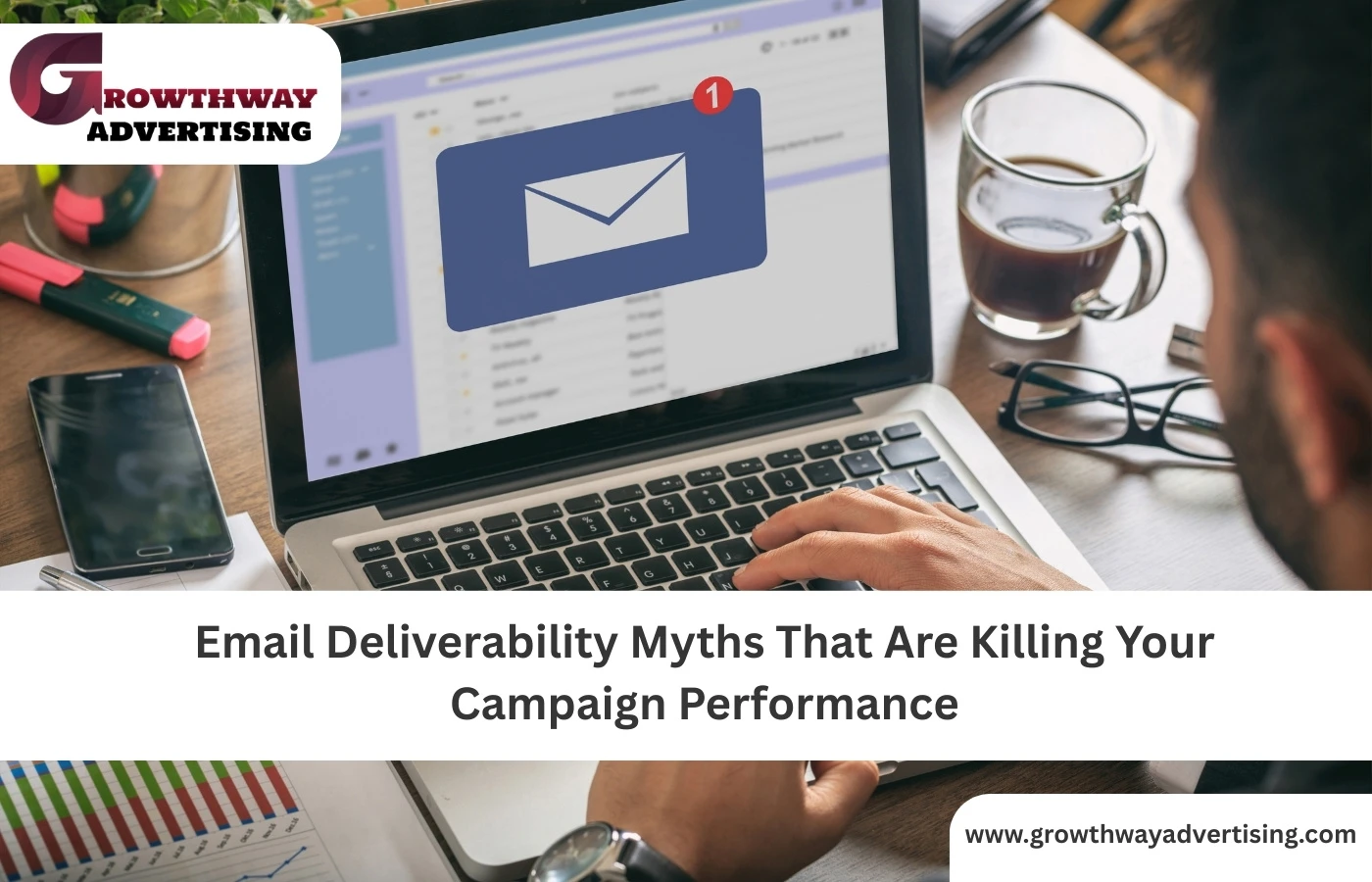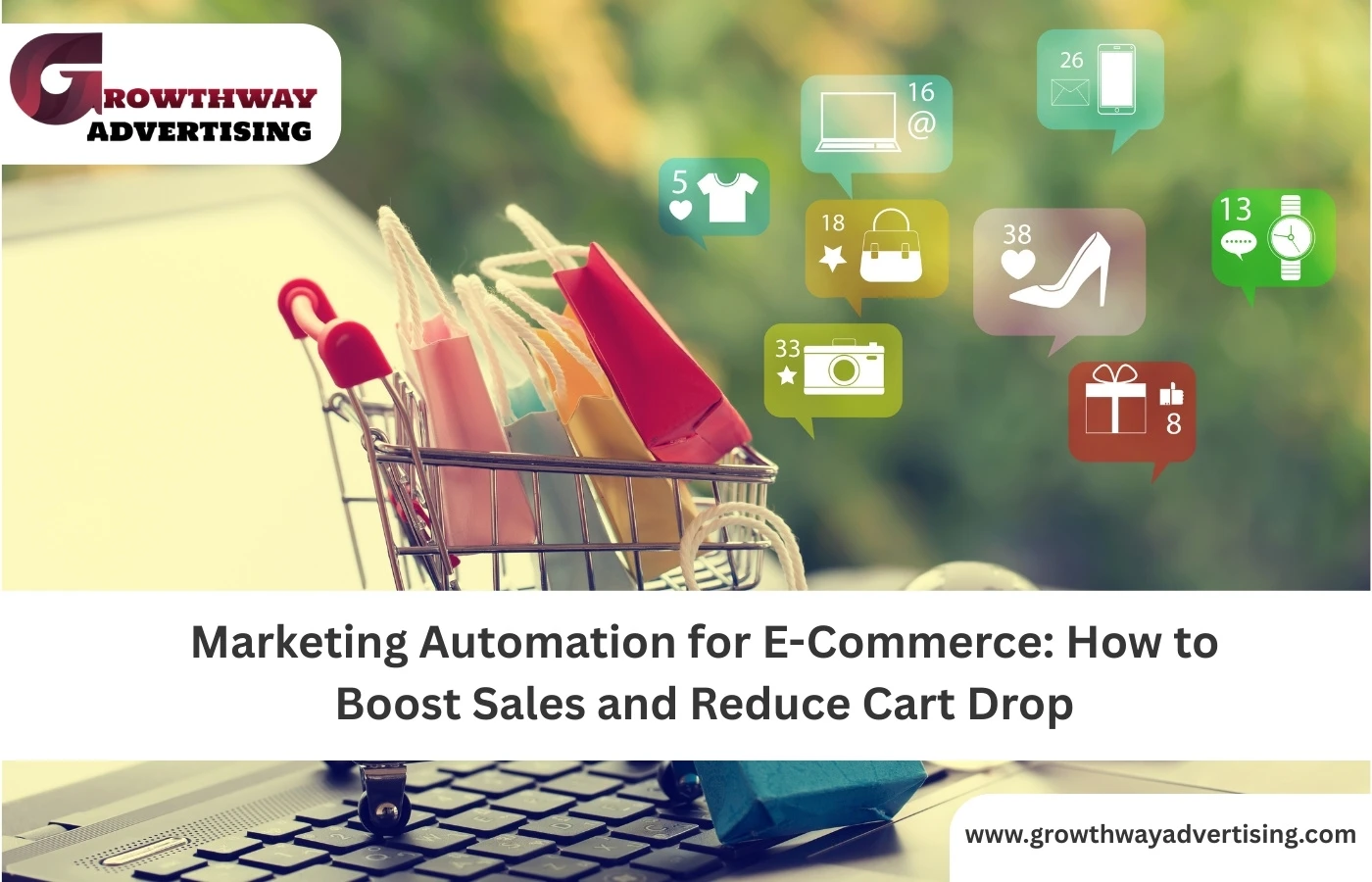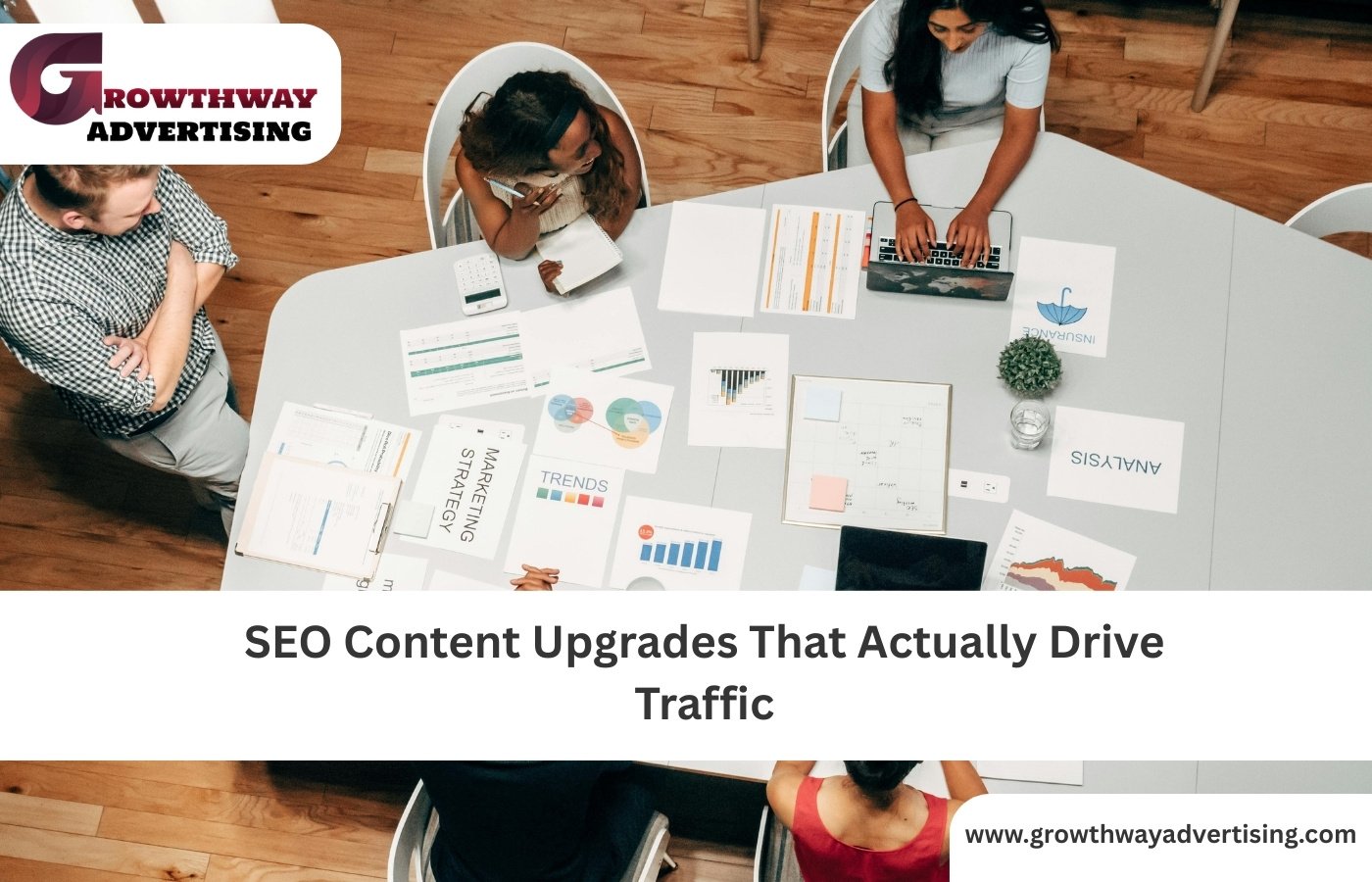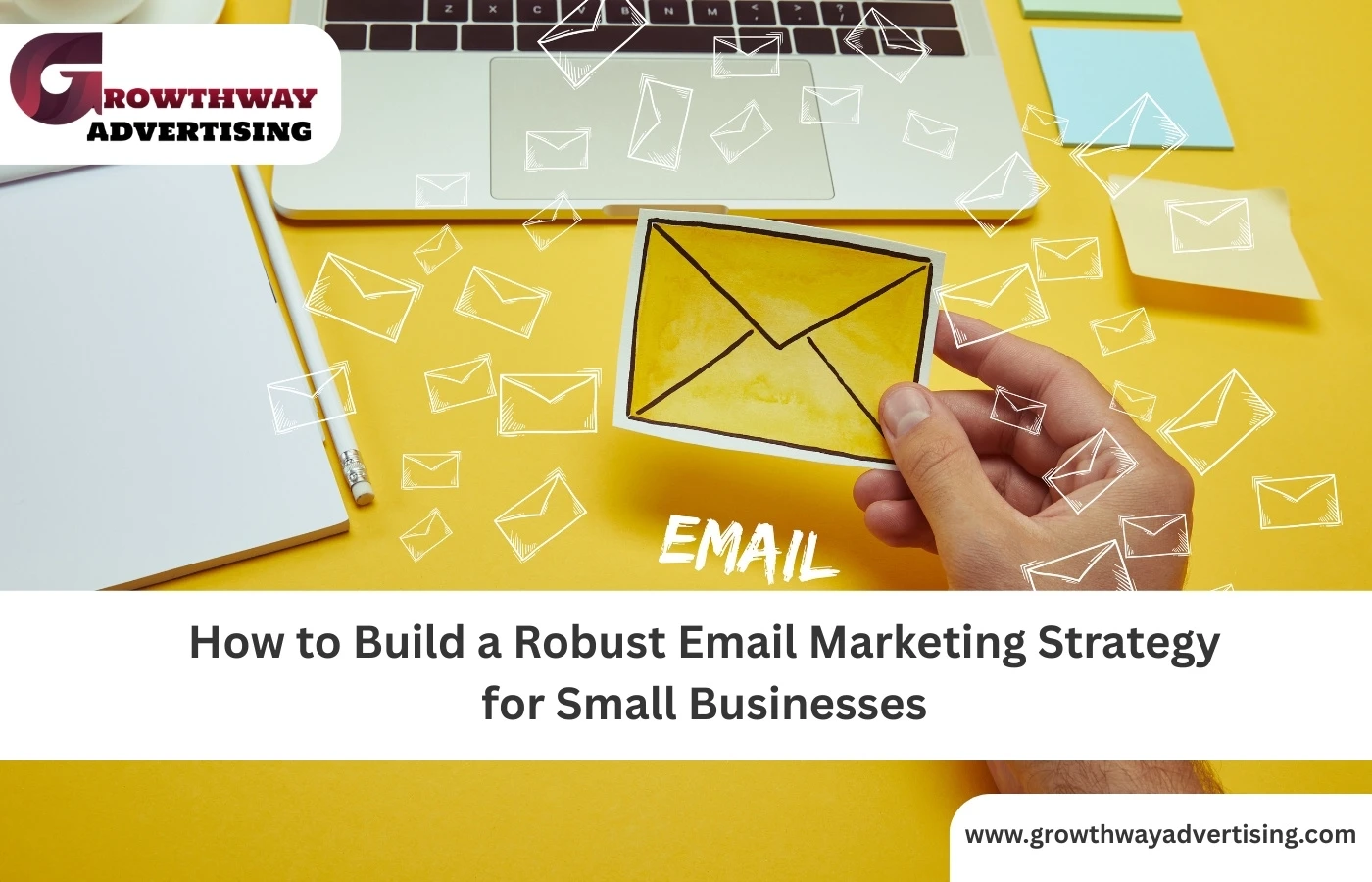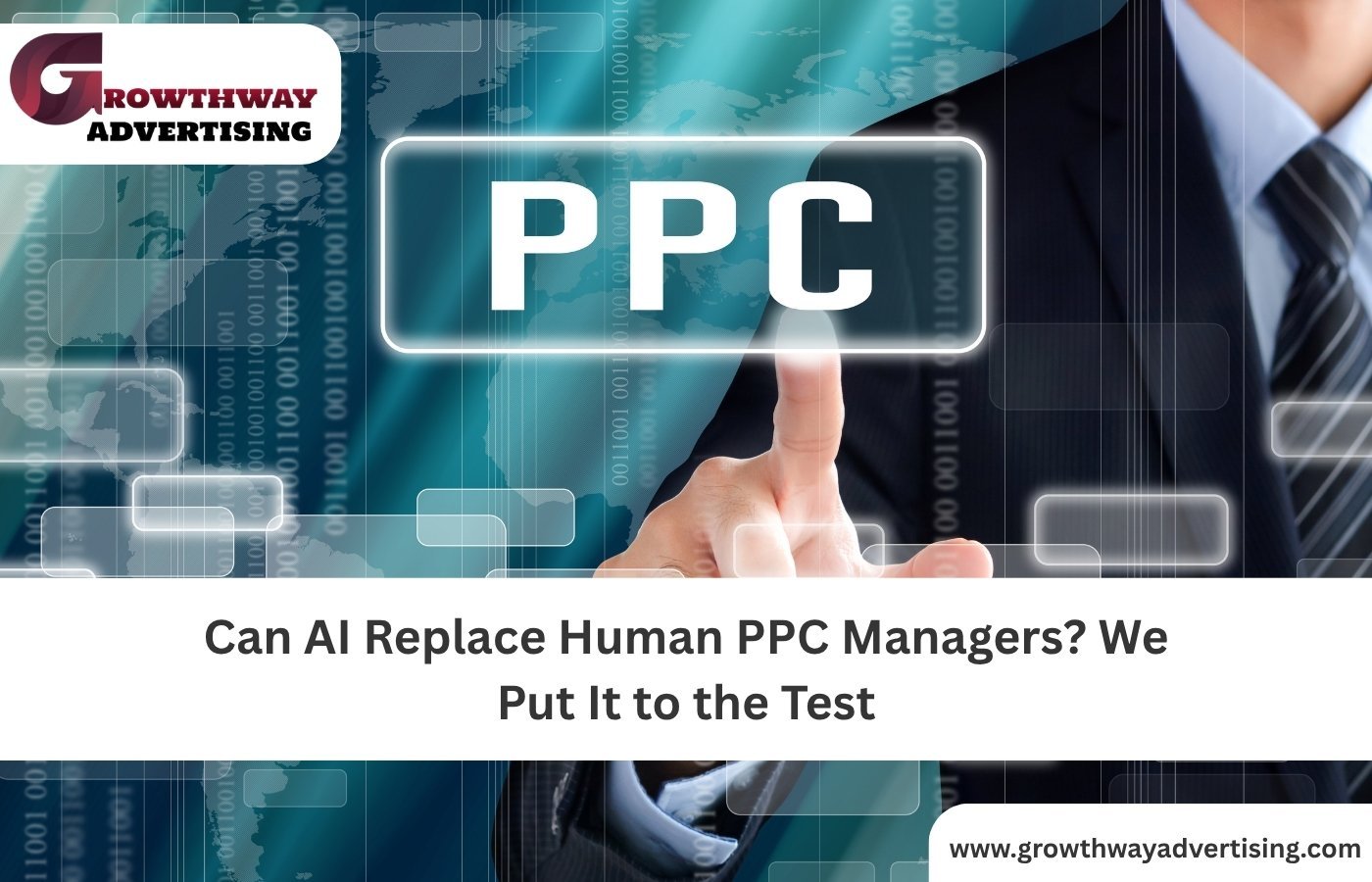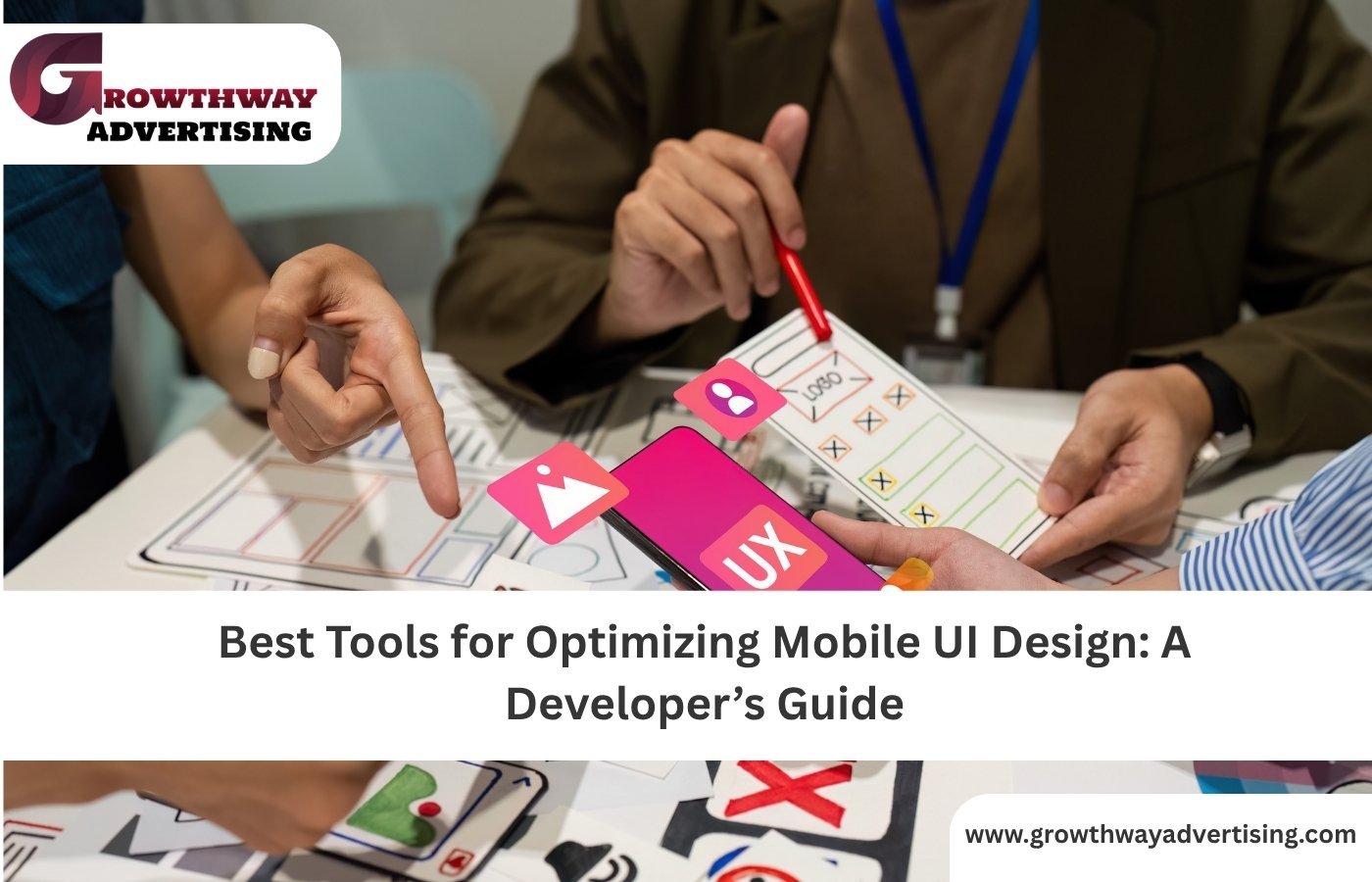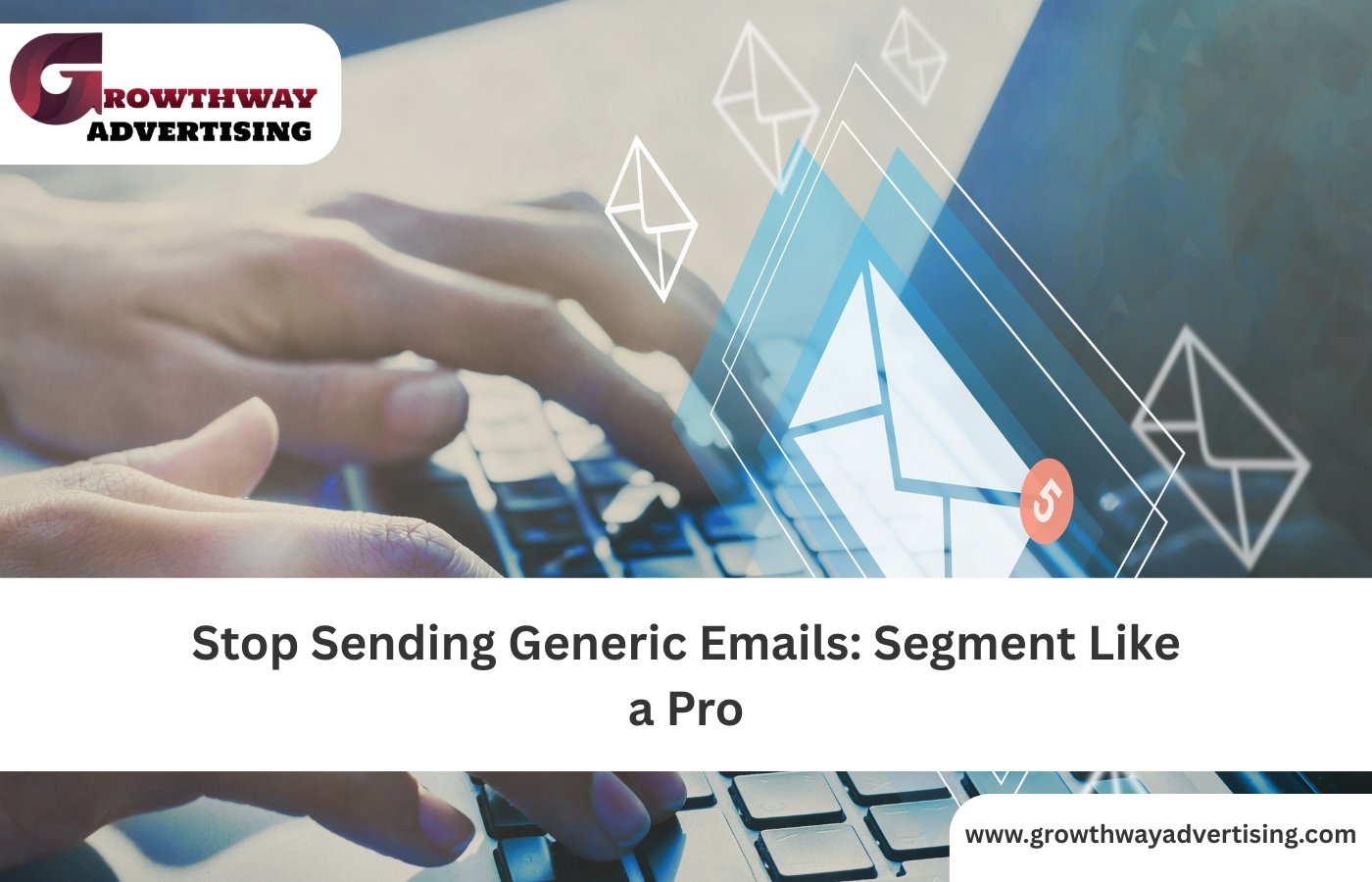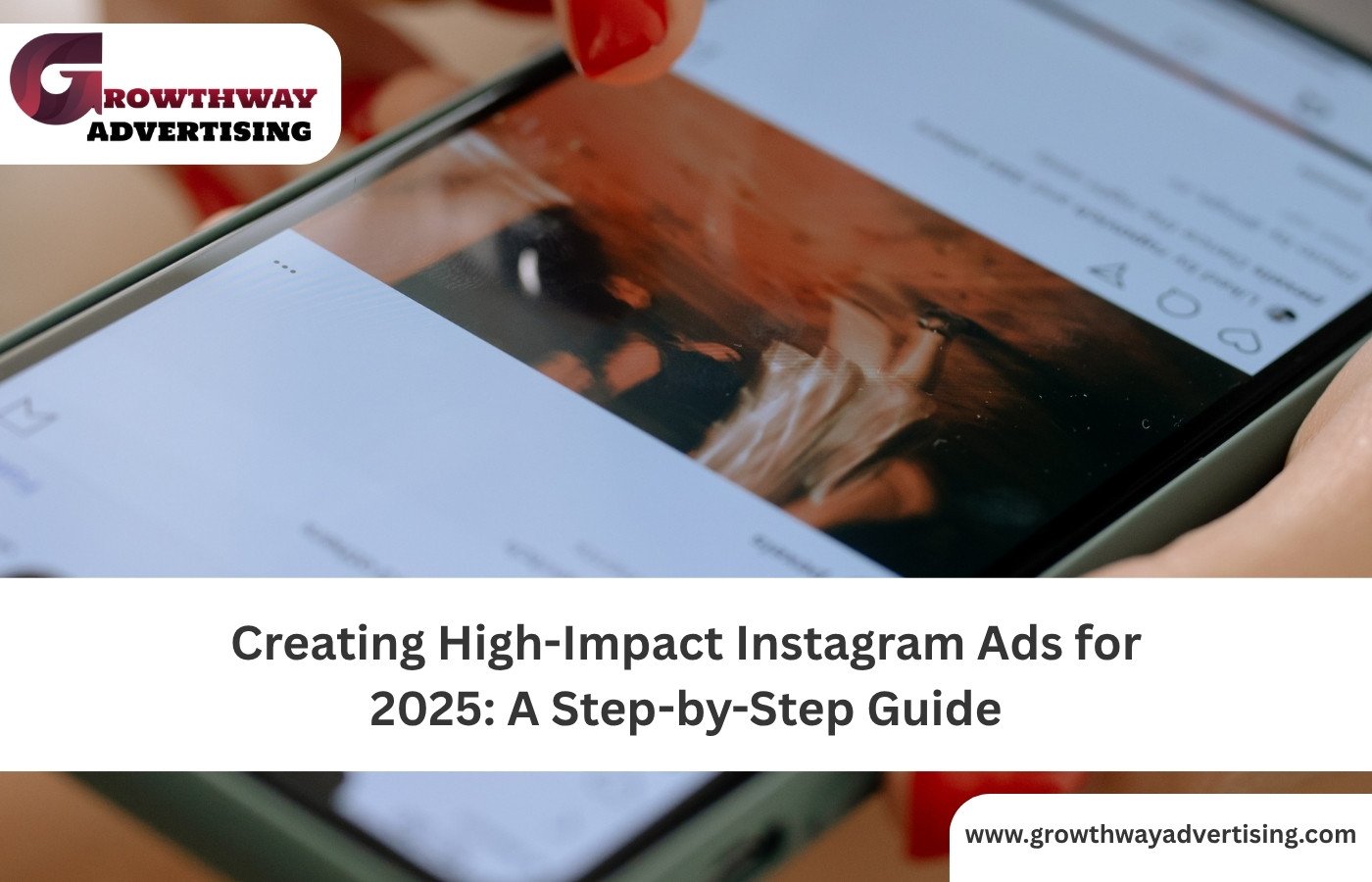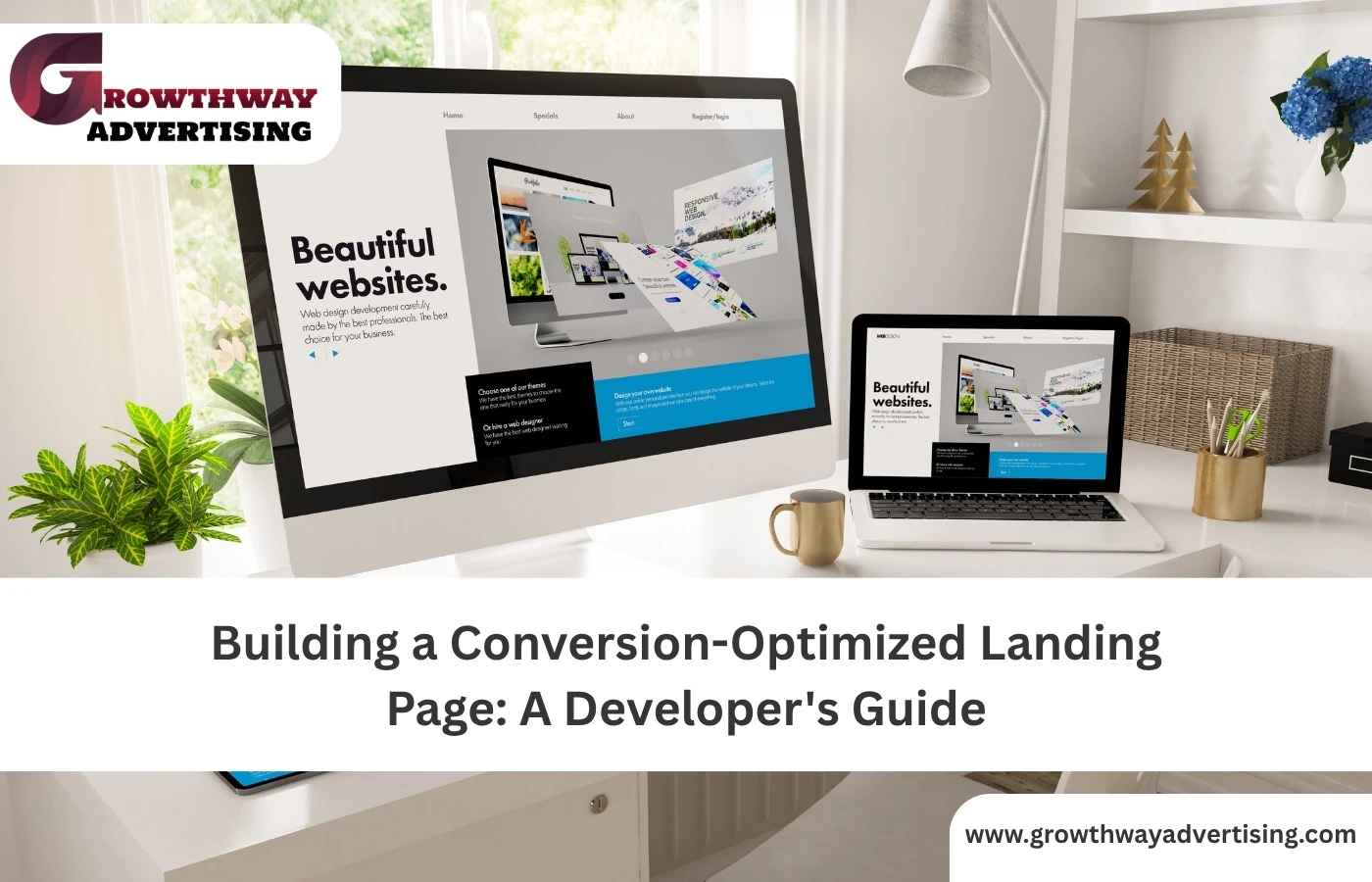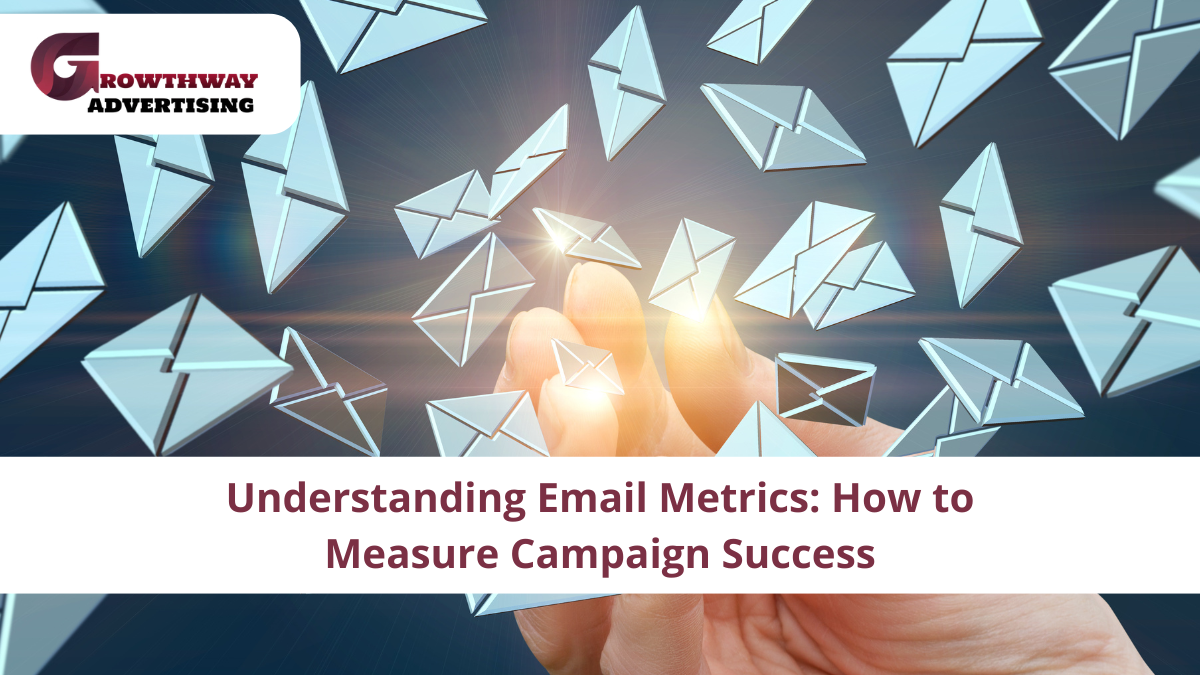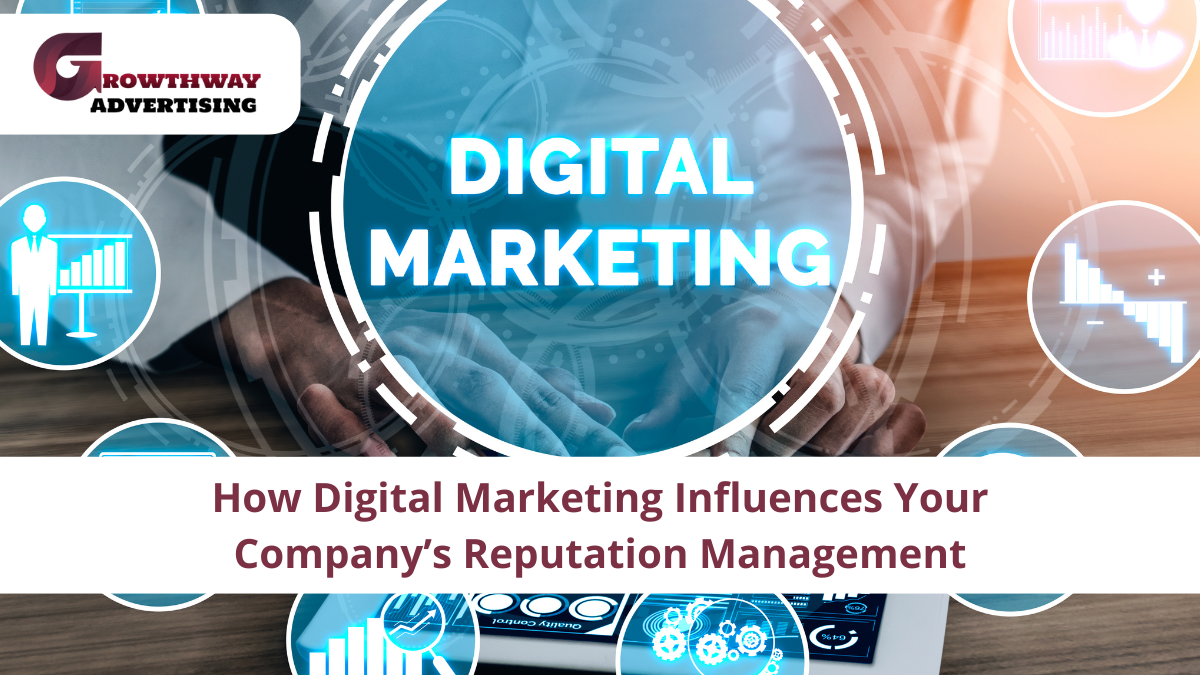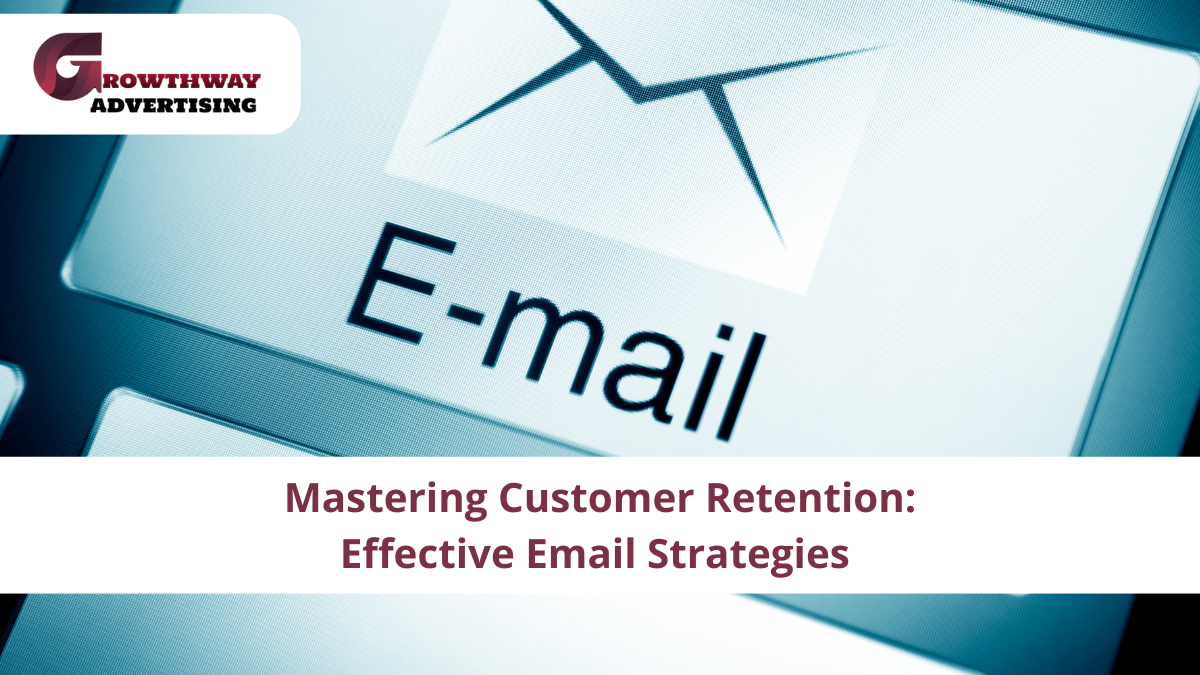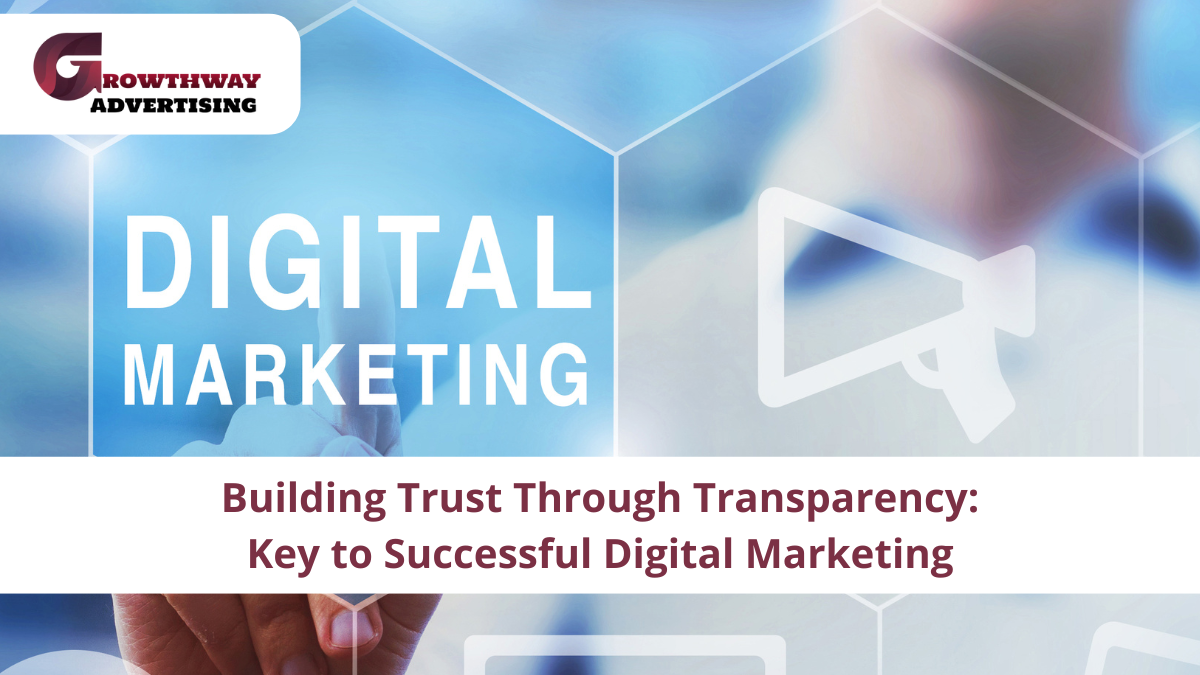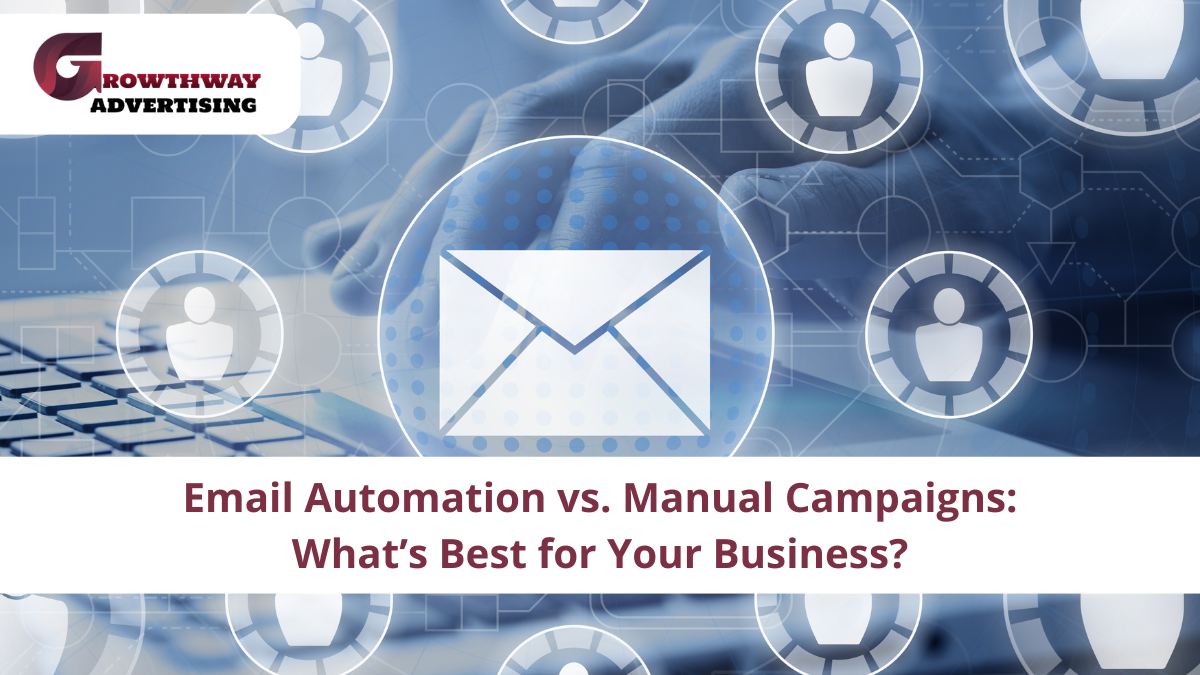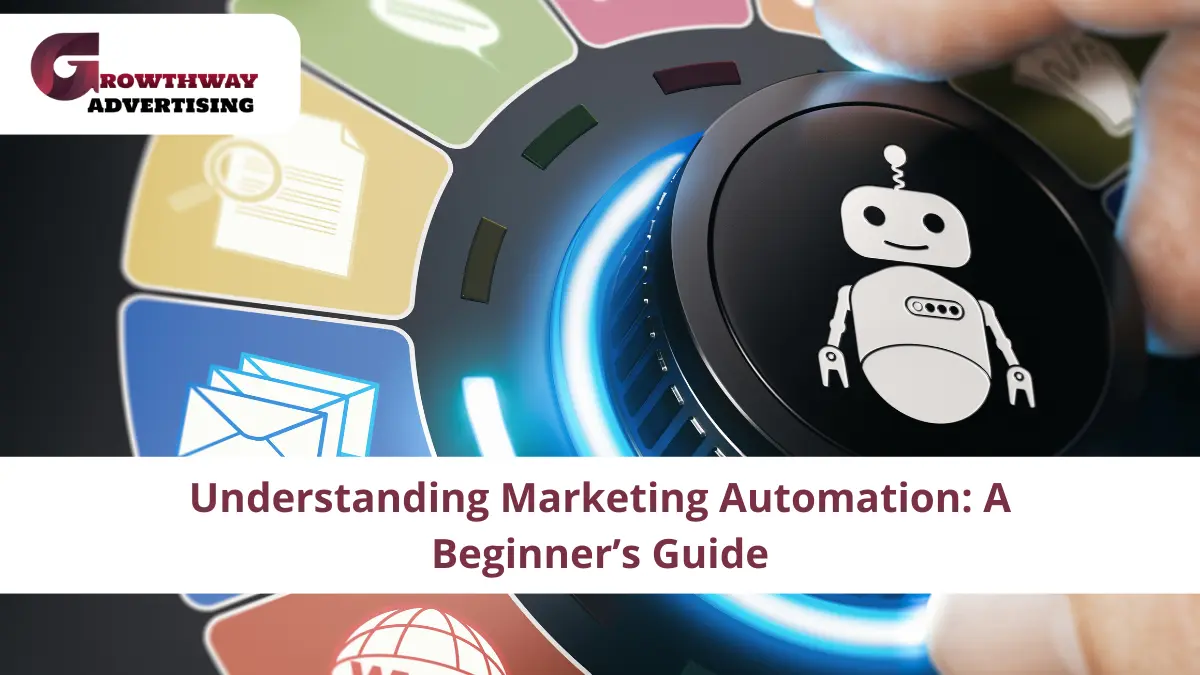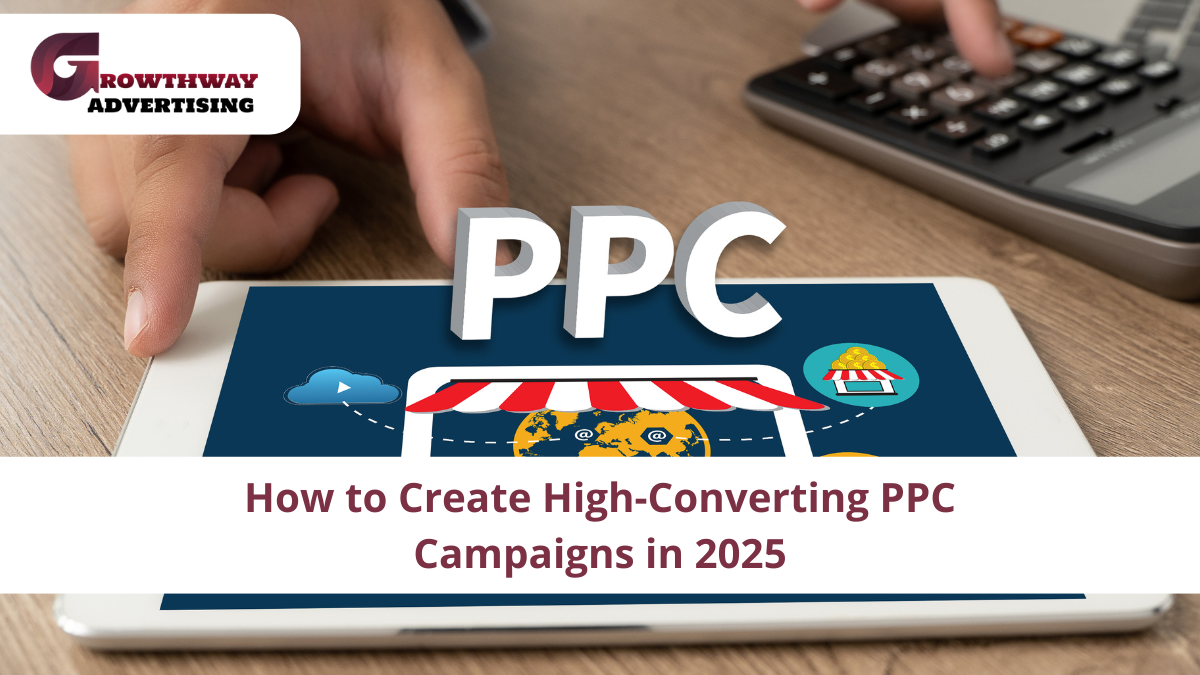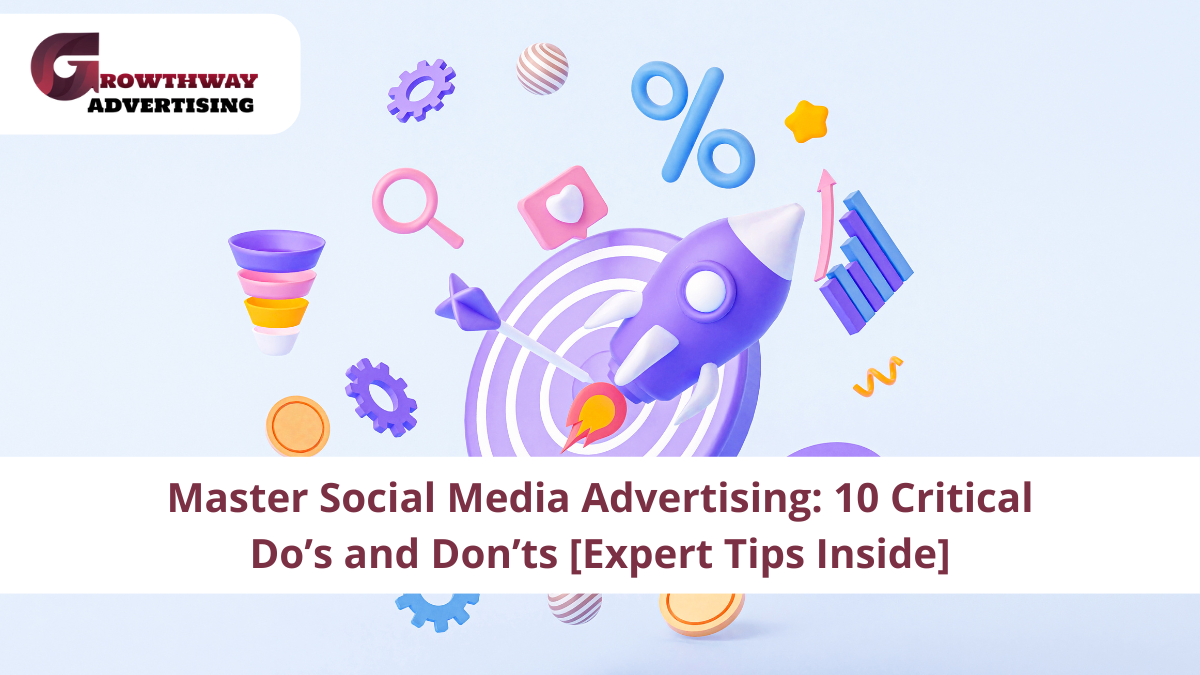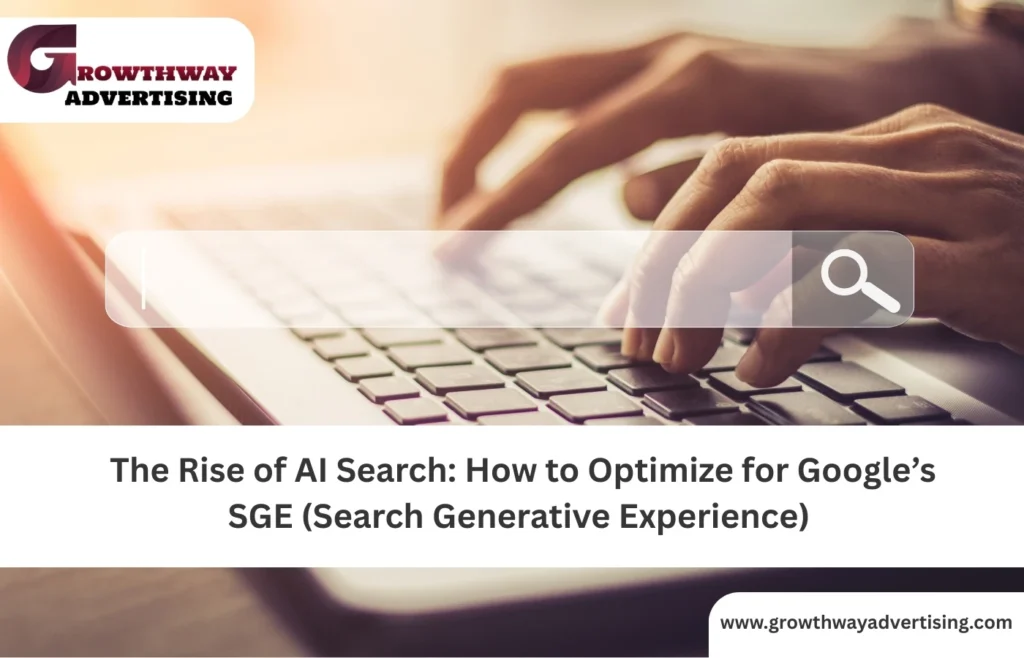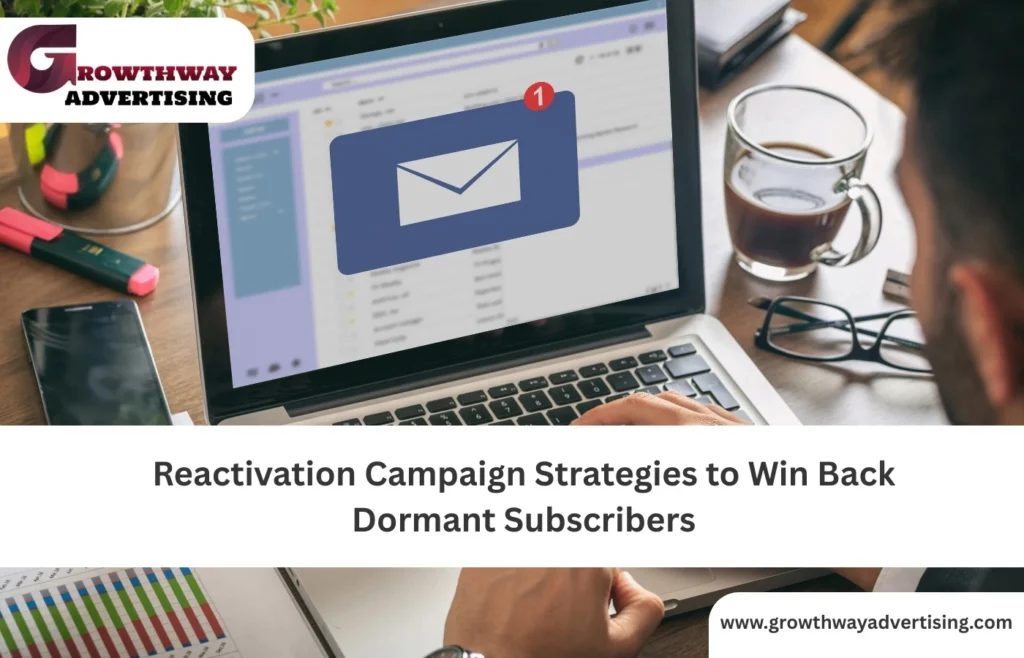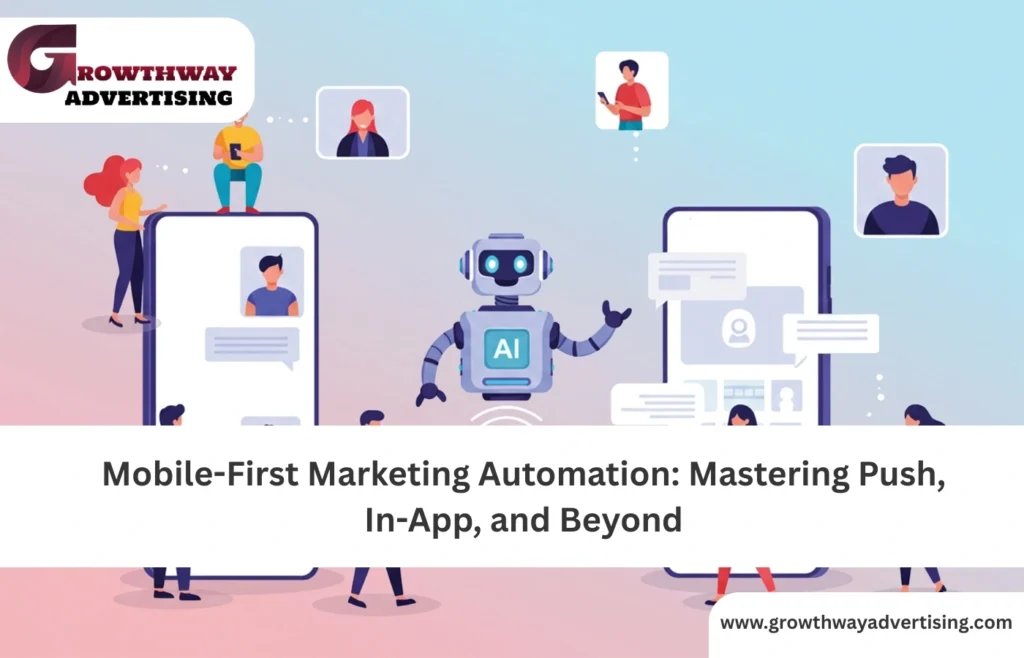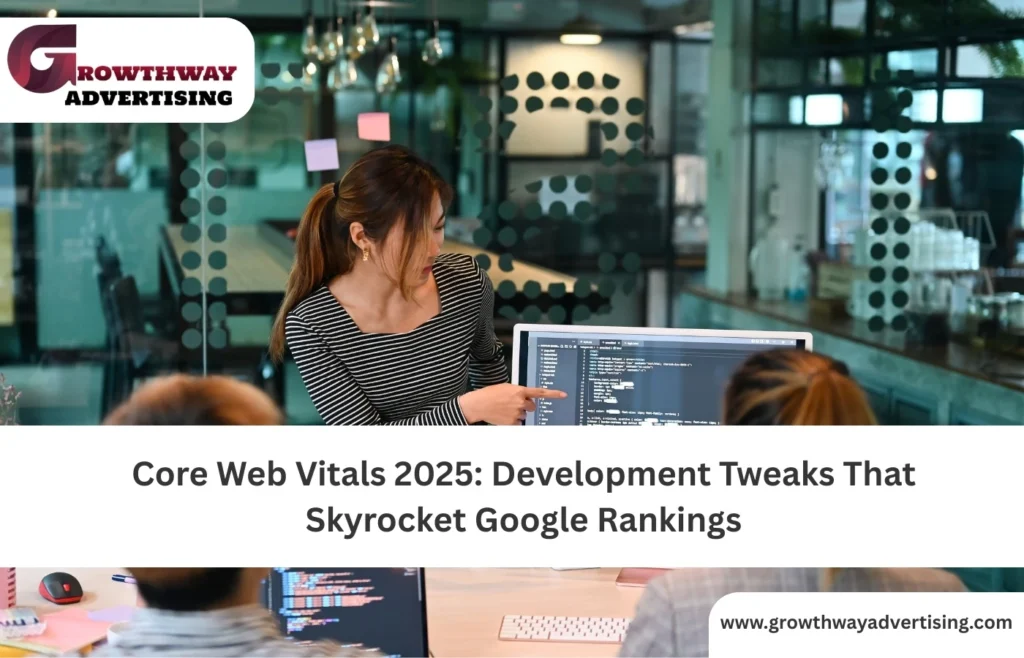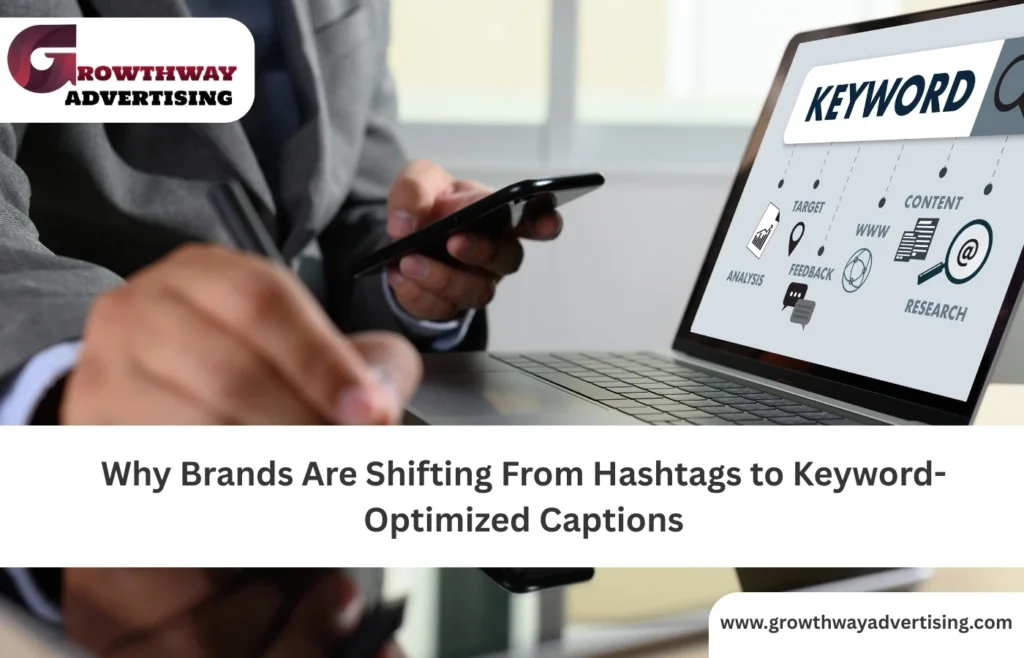The digital landscape is changing fast. With Google’s new Search Generative Experience (SGE), search results are starting to look very different from what most of us are used to. Instead of a long list of blue links, SGE gives users thorough answers right at the top, summarizing information, pulling context from many sources, and often removing the need to click through to dozens of sites.
So what does this mean for businesses, marketers, and anyone hoping to get noticed on Google? Optimizing for SGE isn’t just about picking some tags or using more keywords. It really means rethinking how content is made, what questions it answers, and how clearly expertise comes across. Working with the right seo services or an experienced seo agency can make the process smoother, but understanding the key strategies is essential for everyone.
How SGE Is Flipping Search on Its Head
The big change is that Search Generative Experience is powered by advanced AI, using tools that understand meaning, not just keywords. This puts semantic SEO front and center. Google’s system now looks for content that directly addresses what searchers really want to know. It’s a major shift for anyone using seo marketing or hiring a best search engine optimization agency to get noticed online.
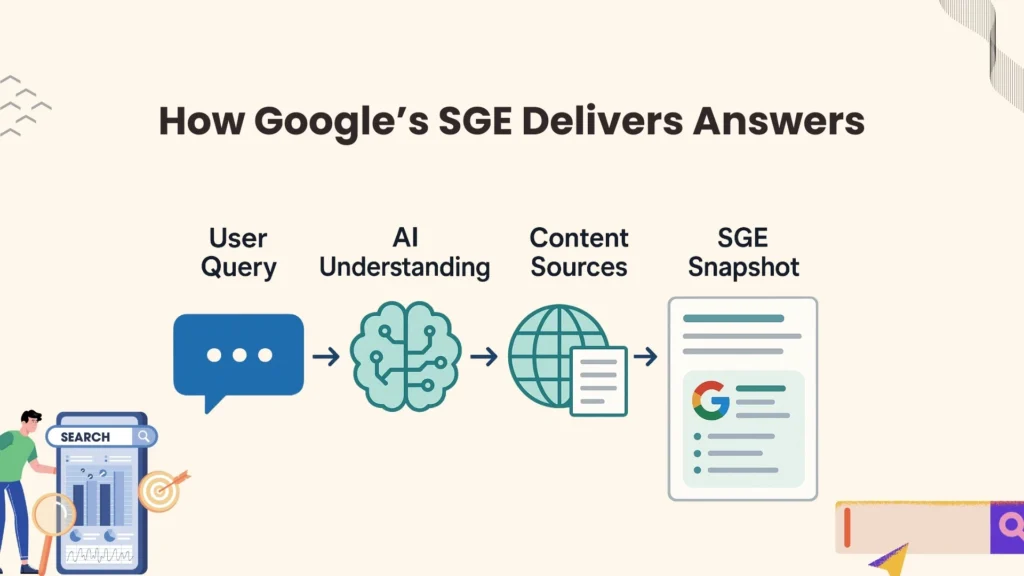
With SGE, Google also tries to answer multiple closely related questions in a single result. For businesses relying on seo services company support or even doing their own local seo services, this means every page must be as thorough and helpful as possible.
Give People and Google – What They Want
At the heart of SGE-optimized content is something called user intent optimization. In plain terms, this means writing for what people are truly looking to learn or do, not just what they type into a search bar.
This is where crafting question-based content shines. Instead of writing a product page or blog post around a random keyword, shape your content around the actual questions people ask like, “What is SGE?” or “How does AI-powered search work for local businesses?” or “How should I use schema markup?” Answer those questions directly, then go deeper: explain related ideas, and share step-by-step solutions.
SGE pulls answers from content that’s written like a conversation, with clear headings, summaries, and a logical flow. Collaborating with a seo consultant or seo agency used to this format can help keep things on track.
Structure and Trust: The New Building Blocks
Next, let’s talk about building trust and being easy for AI to “read.” Google’s AI uses sophisticated criteria known as E-E-A-T (Experience, Expertise, Authoritativeness, Trustworthiness) to decide what to highlight. That means content should show genuine know-how: cite sources, reference data, include your author information, and link to reputable places.
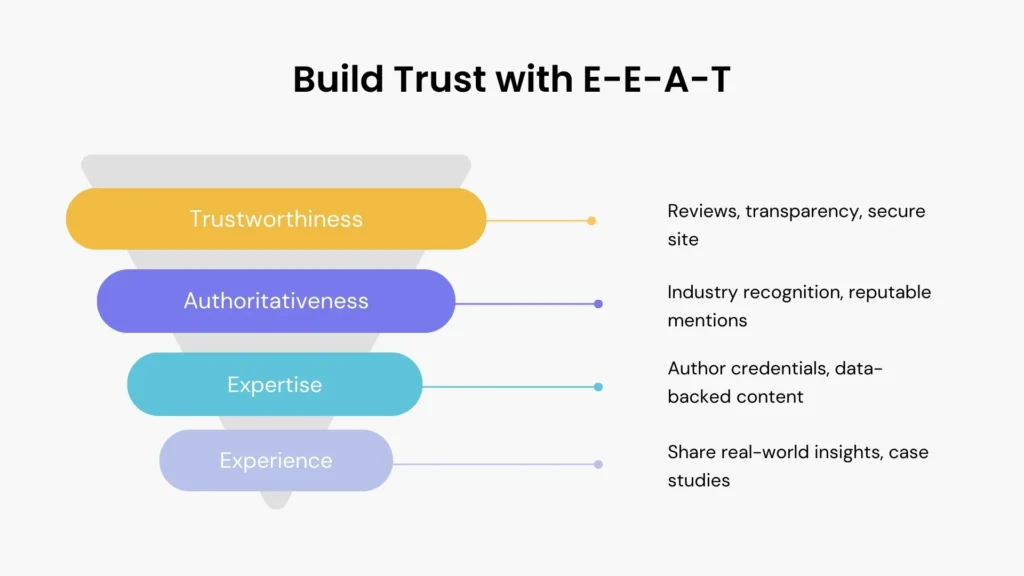
If you’re a provider of local seo services, showing your awards, credentials, or real customer reviews can make a huge difference.
Beyond that, technical stuff like on-page optimization makes your site more “legible” to Google’s systems. This covers things like mobile-friendly layouts, fast load speeds, and lots of clean code. But it also means using things like schema markup: a special way to help Google recognize FAQs, how-to steps, or review summaries, so it picks your site as a trusted source.
What Most Guides Overlook and You Shouldn’t
While most optimization articles focus on content and structure (rightly so!), there are some big
Off-Page and Advanced Authority Signals
While content and structure matter, off-page factors like digital PR, reviews, online mentions, and knowledge graph signals are particularly relevant for SGE. Engaging an expert seo consultant or seo agency can uncover these hidden opportunities. Develop relationships for organic mentions beyond typical backlinks, for instance, being cited in industry case studies, press articles, or academic publications.
Paid Search and SGE Integration
An often-overlooked aspect: How do paid search and organic AI-powered search optimize each other? SGE-generated results may surface organically, but integrating AI-powered search optimization with well-placed paid campaigns can increase brand visibility across both verticals, particularly in competitive niches.
Localization, Multilingual, and Accessibility Strategies
Many optimization guides underplay the value of localization and accessibility. As SGE expands globally, providing multilingual support, local data, and accessibility cues can make content discoverable for broader audiences. Implement hreflang tags, offer translated user-intent-driven answers, and use alt text in images for visually impaired users. These efforts can be the tipping point for a seo services company targeting diverse regions.
Recovery and Innovation: When Rankings Drop
Most resources neglect what to do when content loses its SGE position. Establish a monitoring routine track keyword movements, analyze SGE versus organic performance, and regularly iterate on stale content based on new touchpoints. Sometimes, the quickest fix is improving relevance for emerging Google algorithm updates.
Each of these steps adds resilience in a changing landscape. Work with a seo consultant who knows how to cover these less-discussed angles, so you’re not caught by surprise.
Unlocking the Power of Semantic SEO and Related Keywords
Let’s break down semantic SEO to its core: Google and SGE won’t just look for exact phrases, they try to understand the broader meaning of your content. Sprinkle in related terms naturally. If your page is about AI search, you might talk about “AI readability,” “comprehensive answers,” “user experience,” and “search engine results pages (SERPs).” These related ideas, known as LSI (Latent Semantic Indexing) keywords, let Google’s systems fully understand context.
If your goal is AI-powered search optimization, use real-world examples and solid, step-by-step explanations. Let the content speak directly to the user and answer connected questions, building trust with every section.
Make the Experience Great, For Users and for AI
Today’s visitors (and Google’s AI) love fast, visually engaging content. That means more than just written text: include diagrams, infographics, videos, and tables. Organize with subheadings, bullet points, and quick links so readers can scan easily.
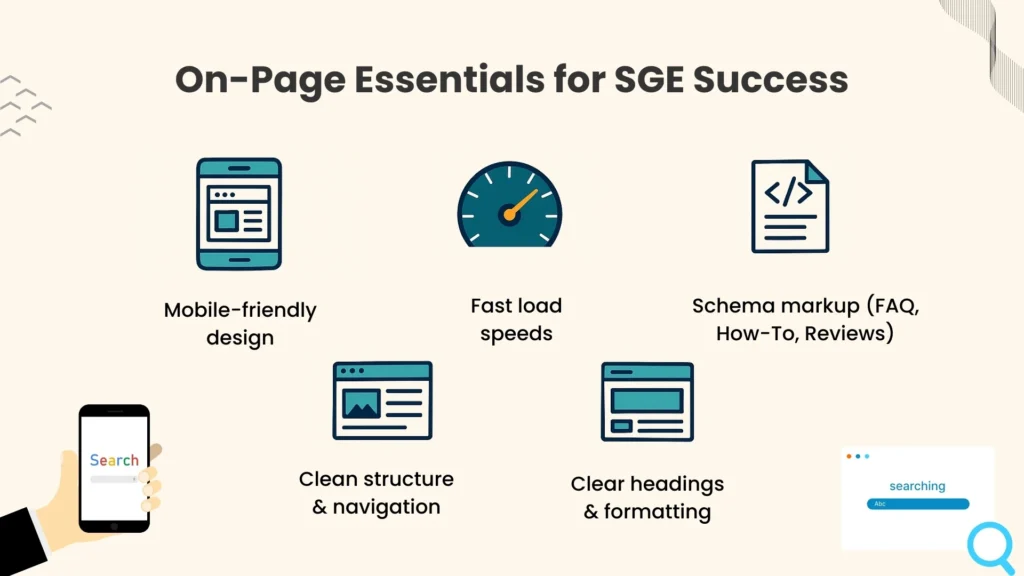
And don’t forget the “tech basics.” Fast load times, mobile-friendly pages, and strong design still matter for on-page optimization. They also help your content get featured in SGE’s answer boxes!
Advanced SGE Optimization Techniques
- Group related queries into comprehensive “hub” pages to cover broad themes exhaustively, increasing chances of multiple SGE citations.
- Embed FAQ sections using natural language from real customer inquiries, not just search tools.
- Stay proactive with Google algorithm updates. Track SGE beta features, pilot structured formats, and analyze what surfaces in diverse SGE snapshots.
- Tap into first-party data business-owned research, customer surveys, or trend reports which AI prefers due to uniqueness.
- Monitor featured snippet changes and adjust formatting to retain or reclaim lost SGE presence.
If writing for business decision-makers, it’s smart to show how to compare different options like the difference between a boutique seo agency and a larger seo services company. That’s what today’s searchers (and Google’s AI) want: practical knowledge and clear takeaways.
Summing Up What Matters Most
Thriving in Google’s new Search Generative Experience isn’t about chasing the newest hack, it’s about pairing the fundamentals with fresh, user-focused insights. Integrate semantic SEO and user intent optimization, organize around question-based content, and lean on strong technical support for things like on-page optimization and schema markup.
Whether you’re handling your own optimization or working with a top seo marketing team, these steps will position your content for the future. Make every page the best source of answers clear, complete, and easy to trust and both people and AI will keep coming back for more.
FAQ’s
Instead of just showing a list of links, SGE provides a summary or snapshot of answers at the top, making search more conversational and interactive. Users can also ask follow-up questions to refine results.
Since SGE favors content that answers user intent clearly and authoritatively, optimizing for it can boost visibility in AI-generated search features and attract more organic traffic.
Focus on writing clear, authoritative, and comprehensive answers, structure content logically with headings and bullet points, use schema markup to highlight FAQs and how-tos, and prioritize question-based content.
While SGE offers answers directly in search, Google also provides links to original sources. High-quality content that earns trust and authority can still attract traffic, especially through follow-up questions and detailed info.
Schema markup provides structured data that helps Google interpret and display your content more effectively, making it easier for AI to include your site’s answers in the generative search summaries.
Featured snippets highlight short extracts from single pages as quick answers, while SGE uses AI to synthesize information from multiple sources and offers interactive, conversational responses for a richer experience.

